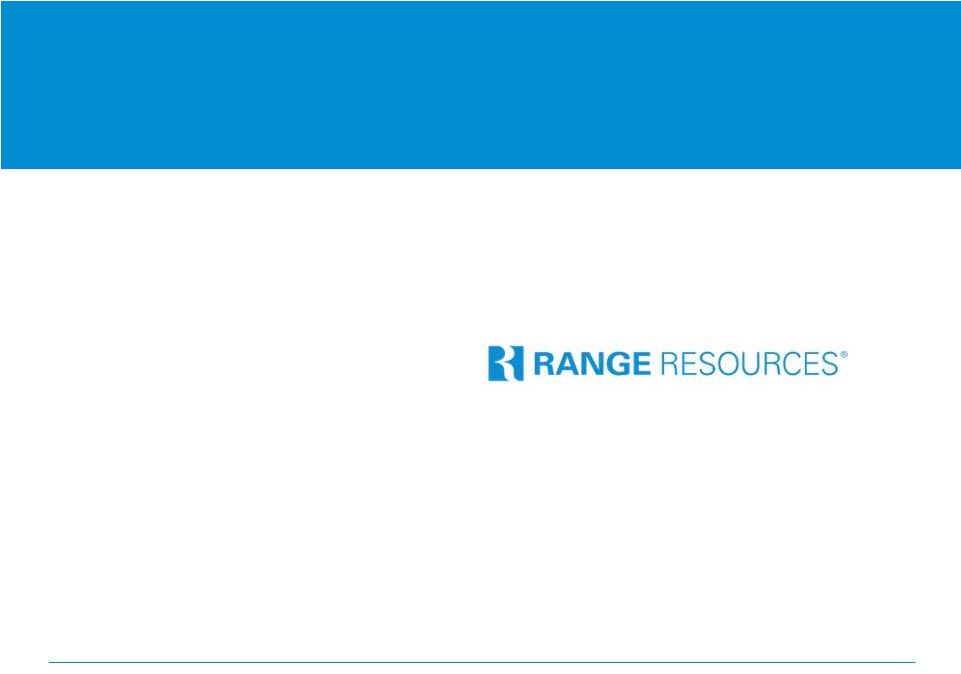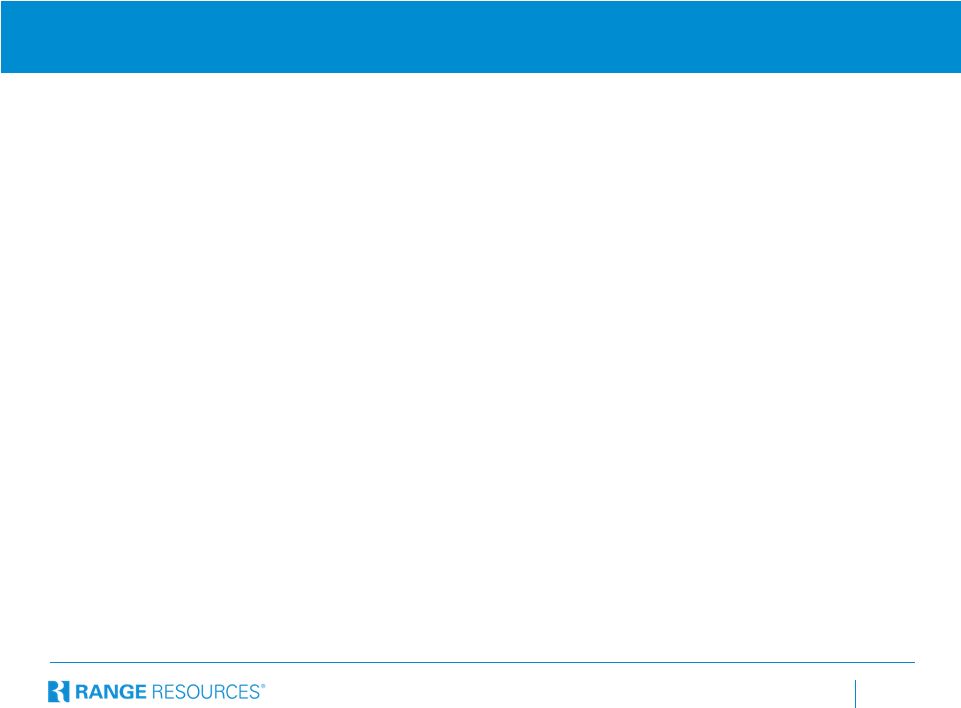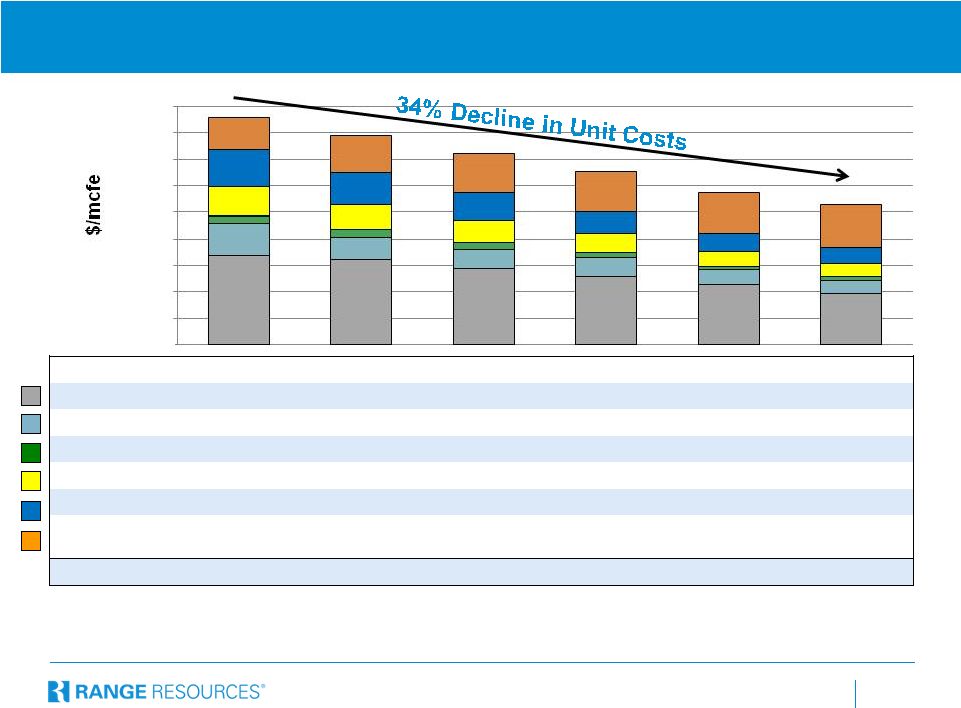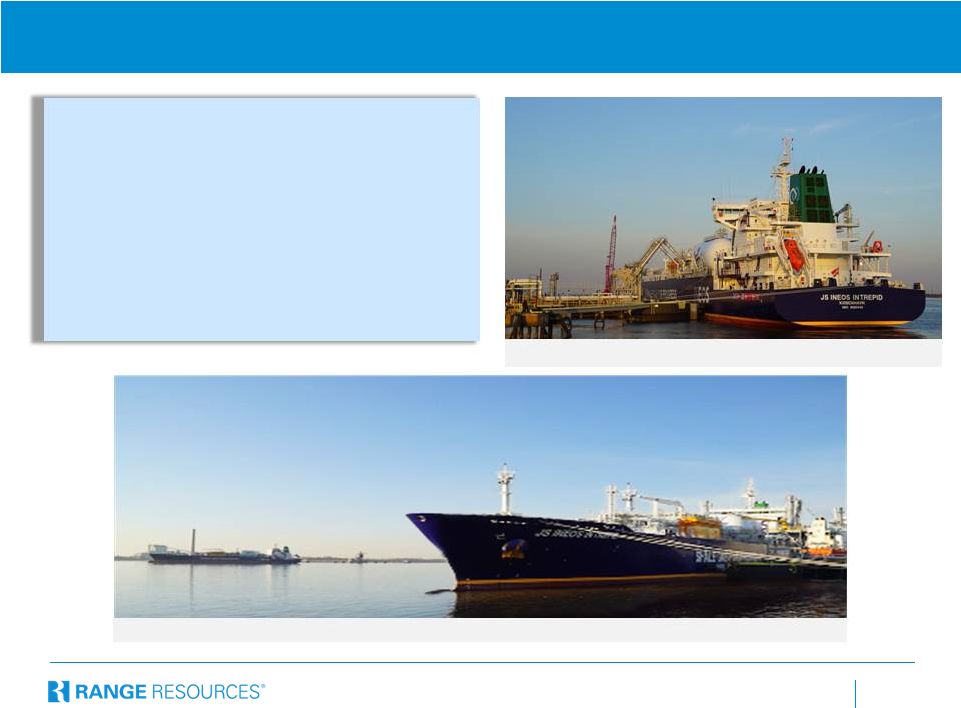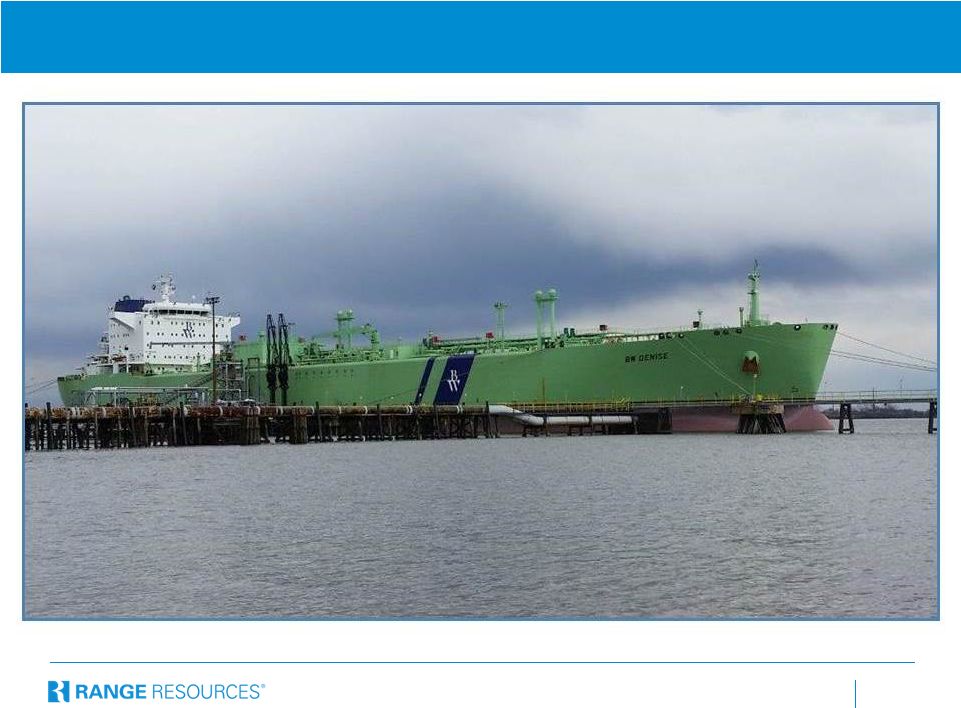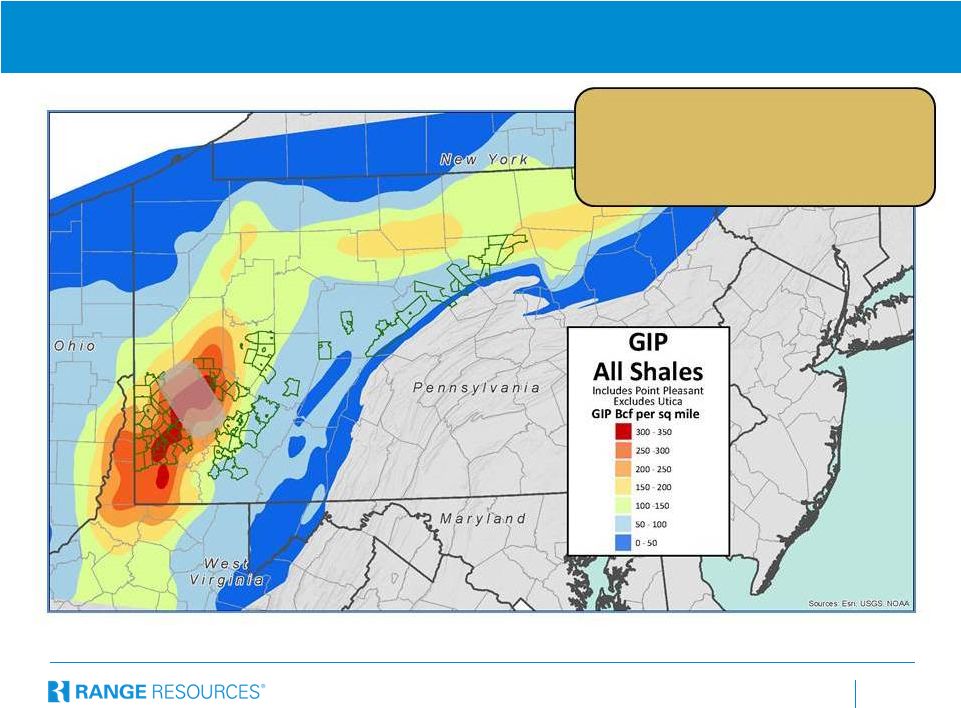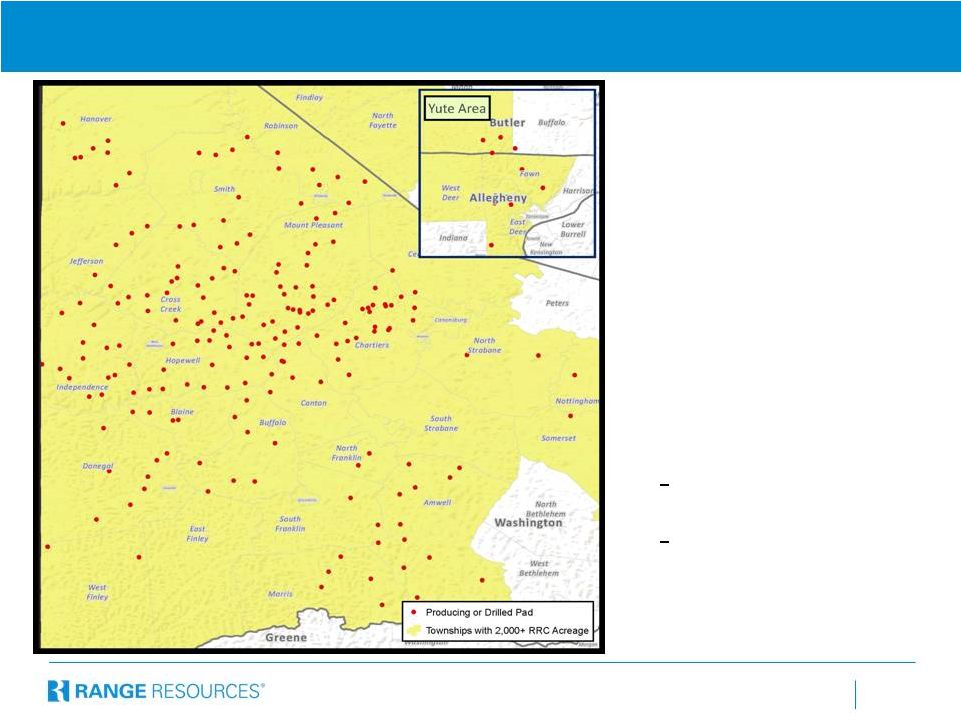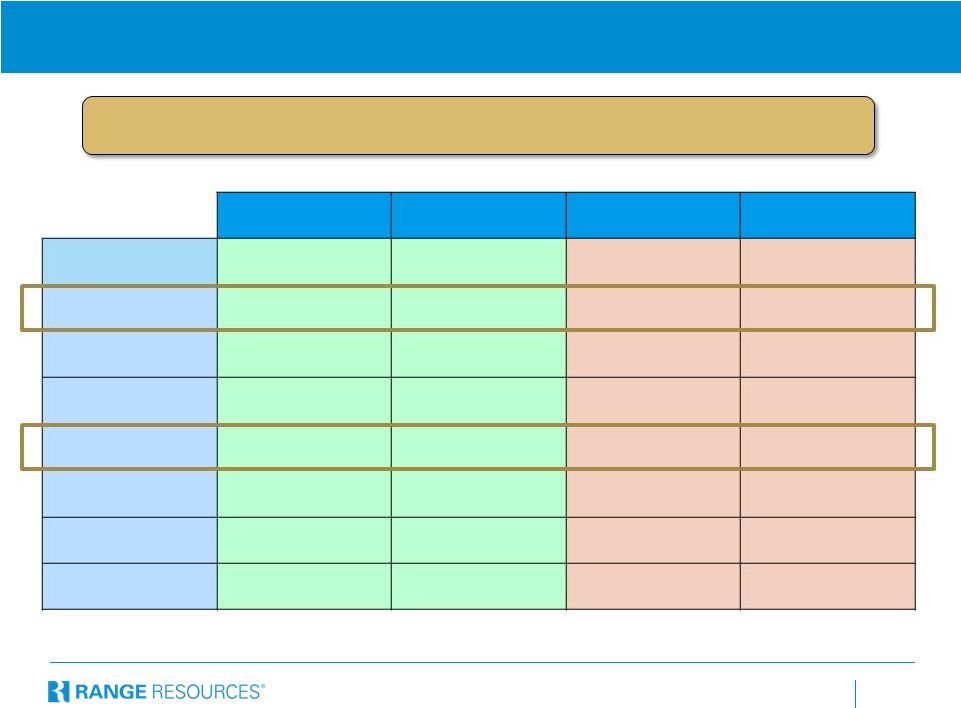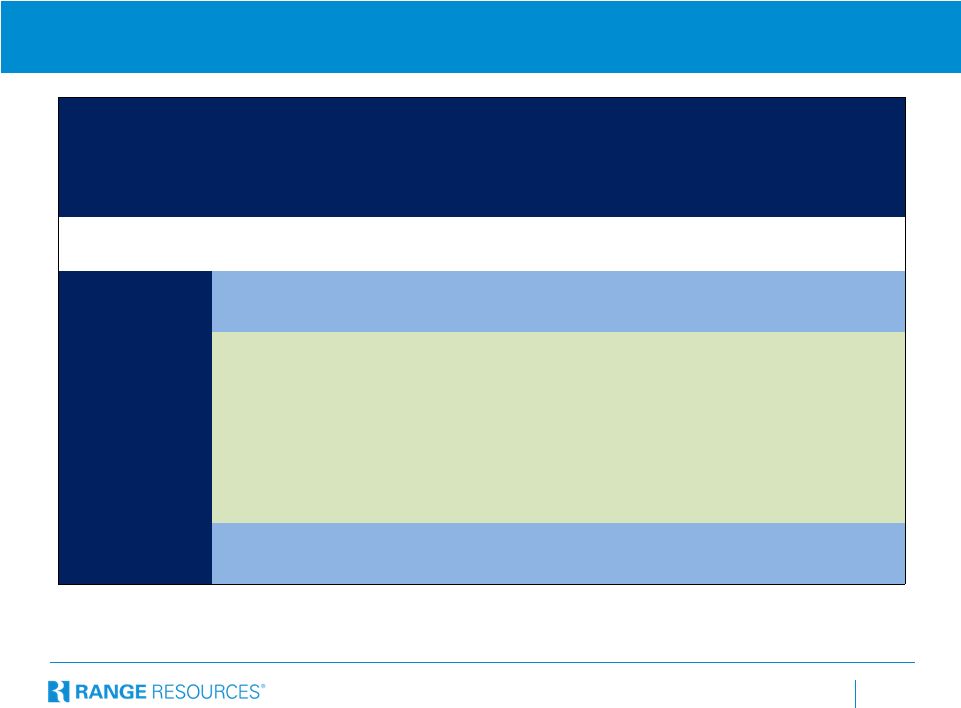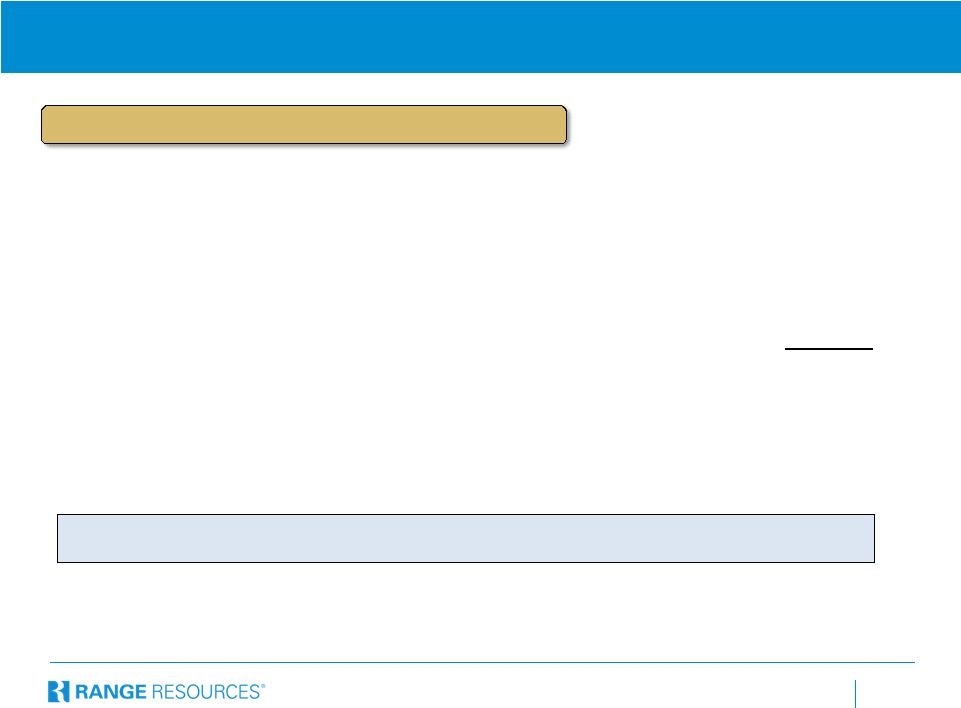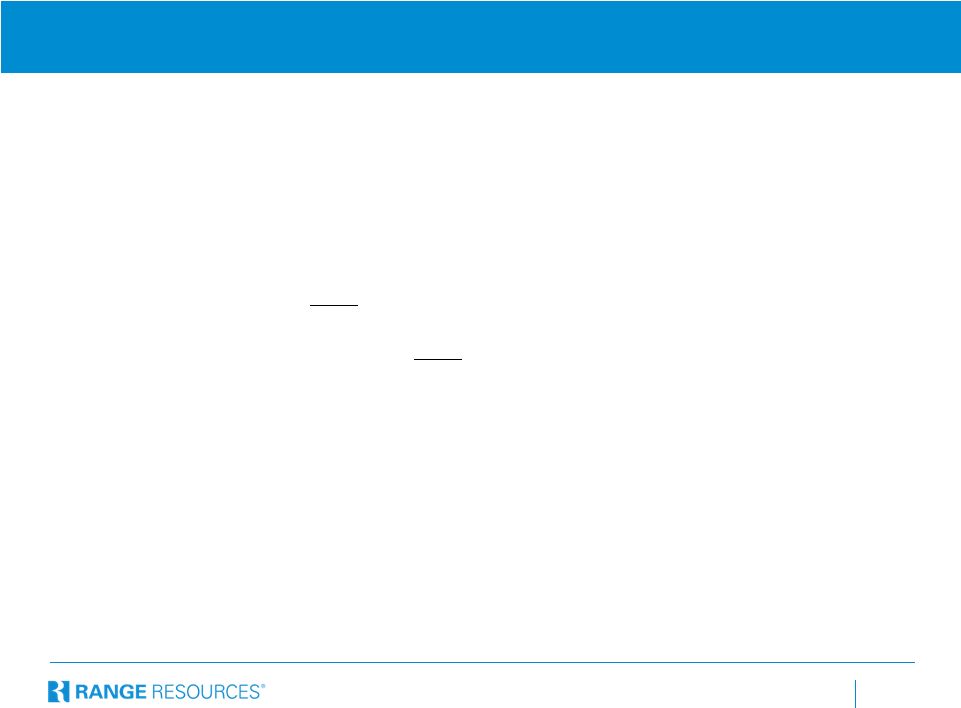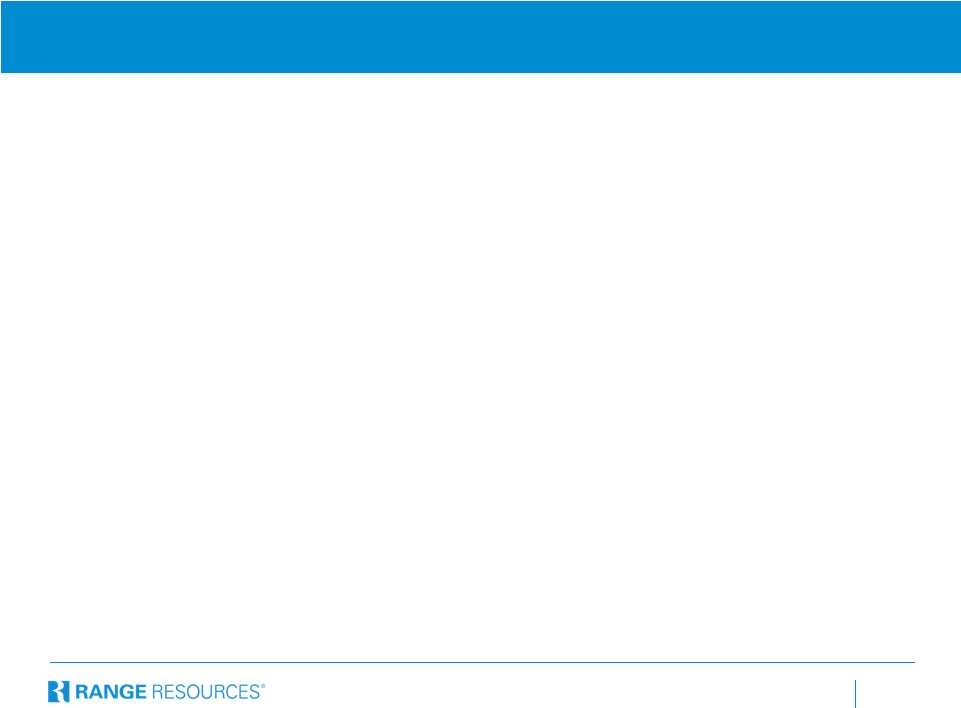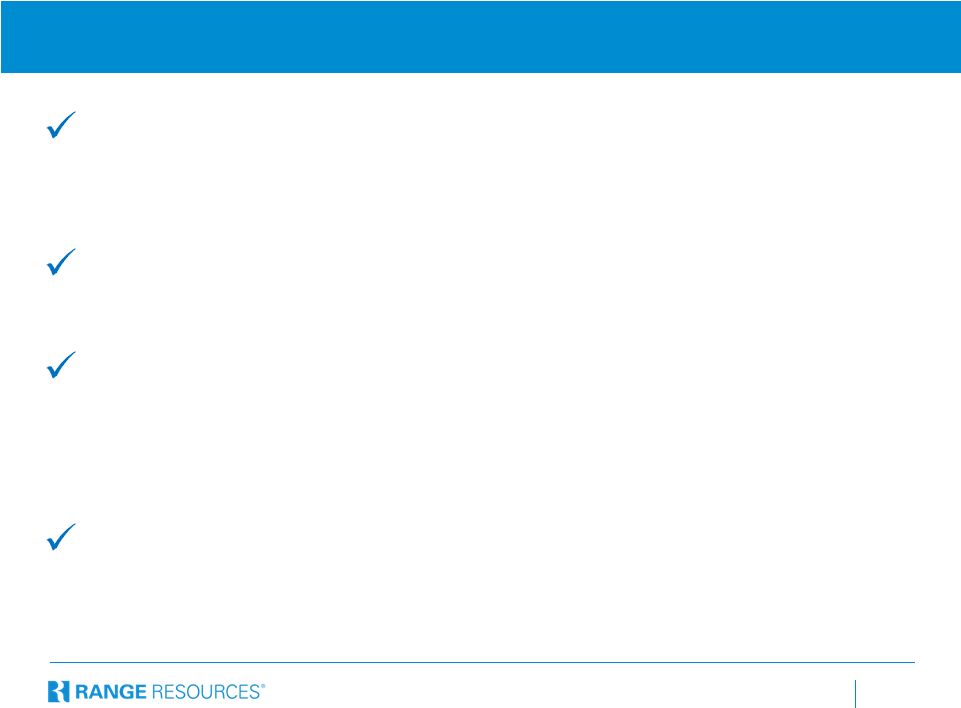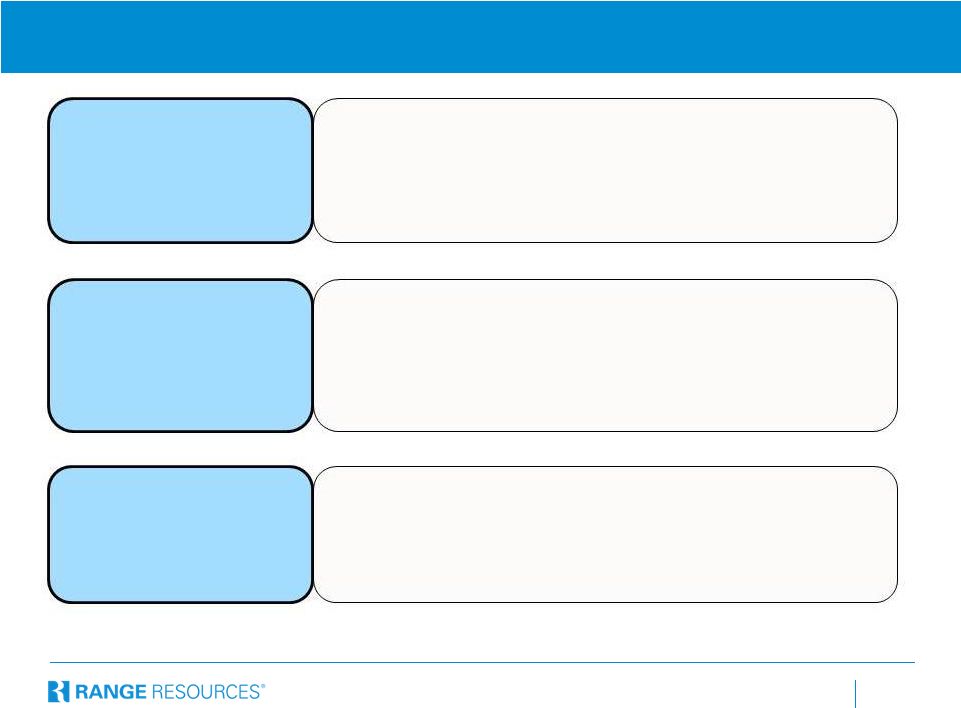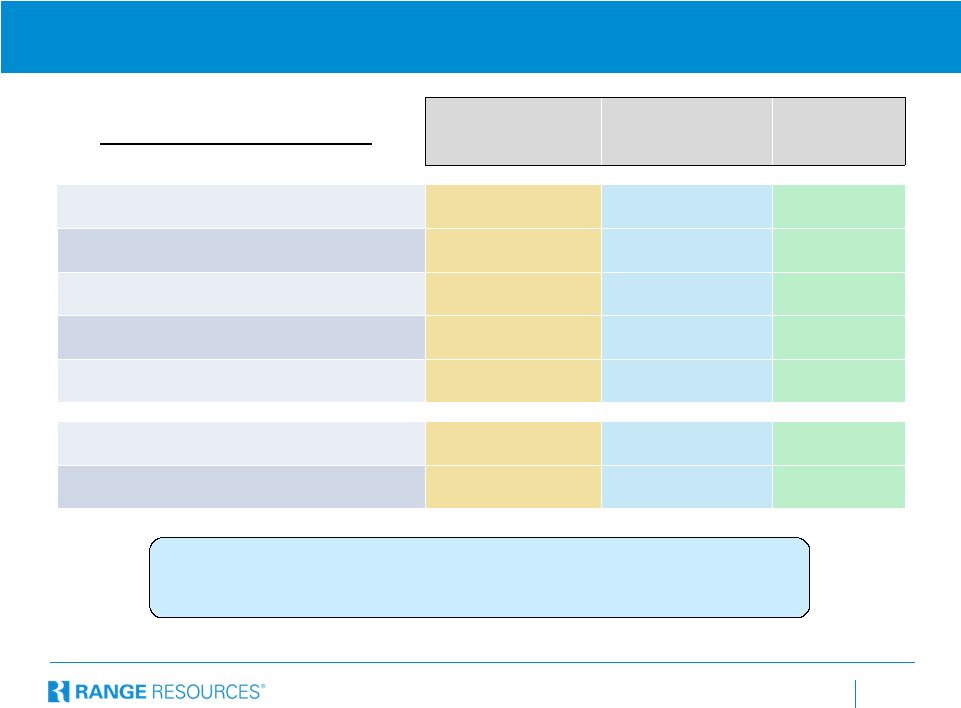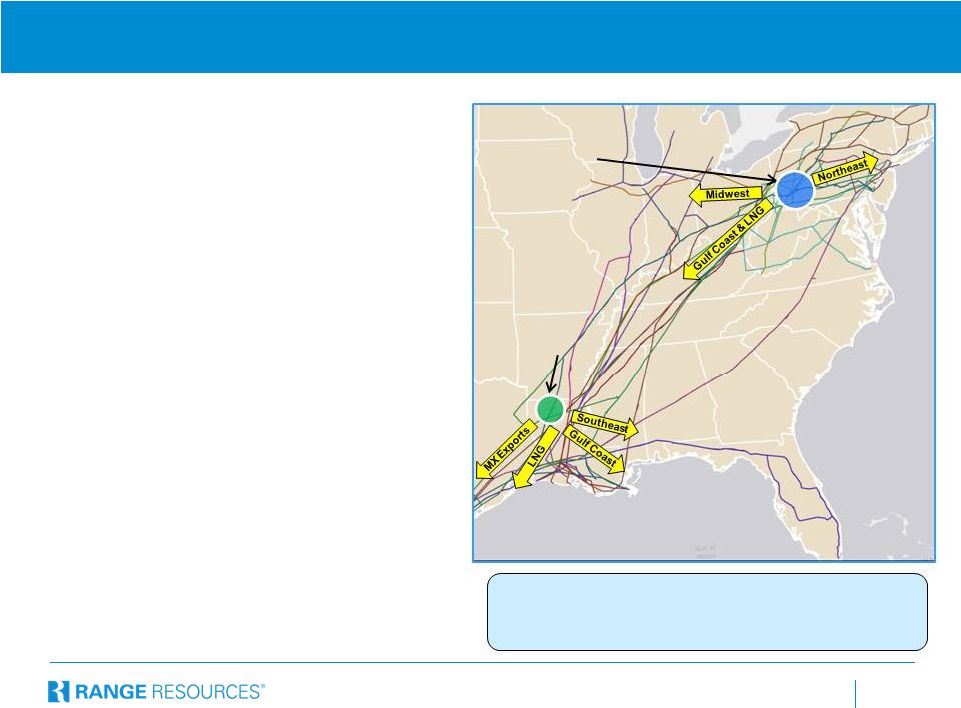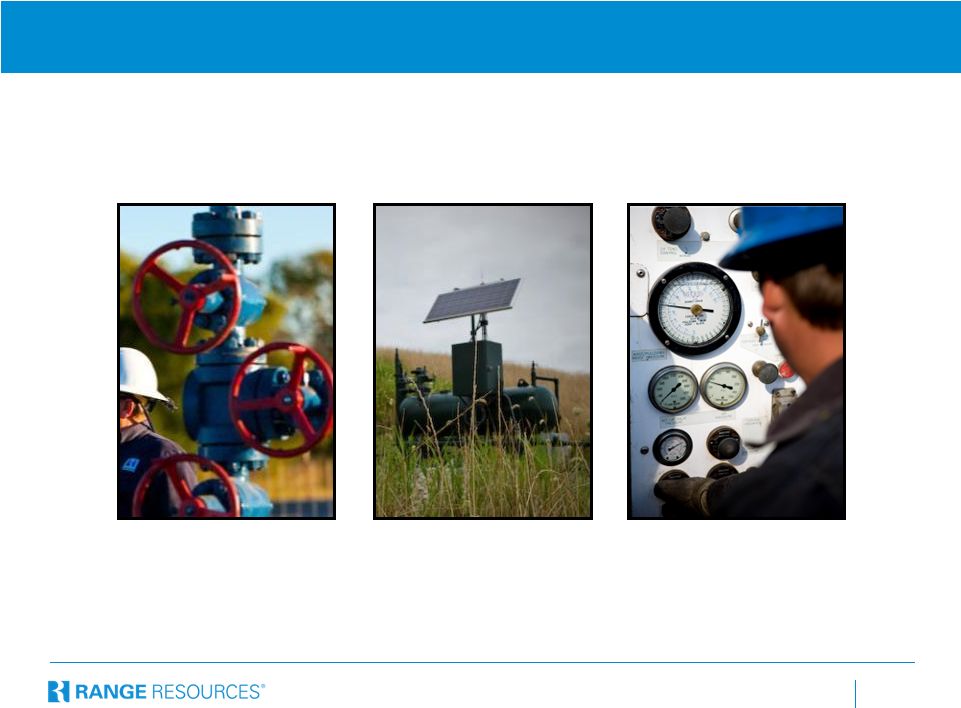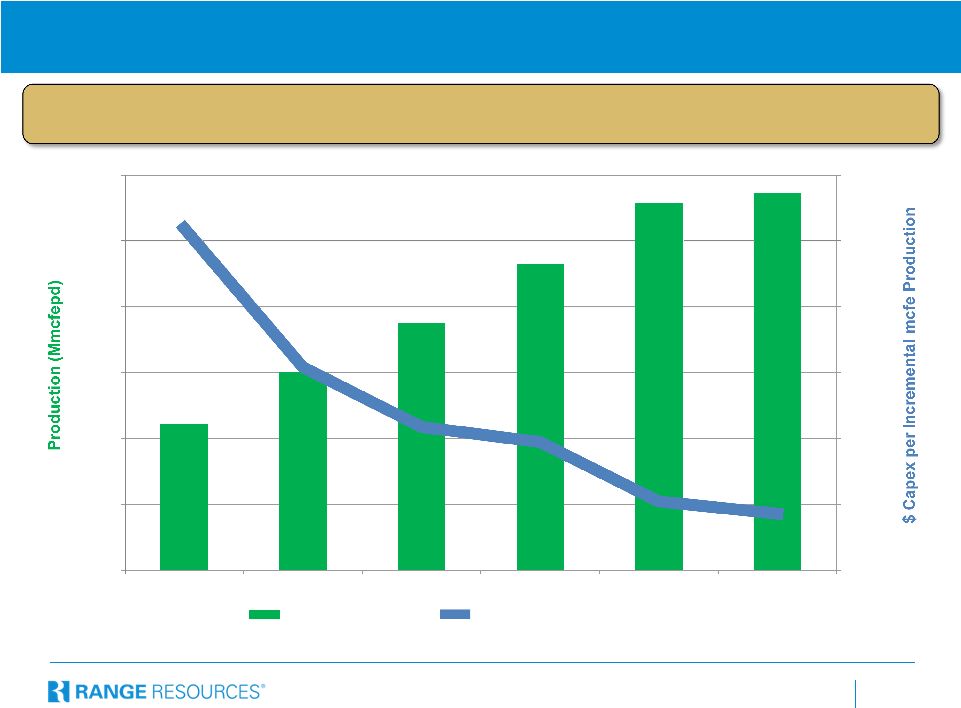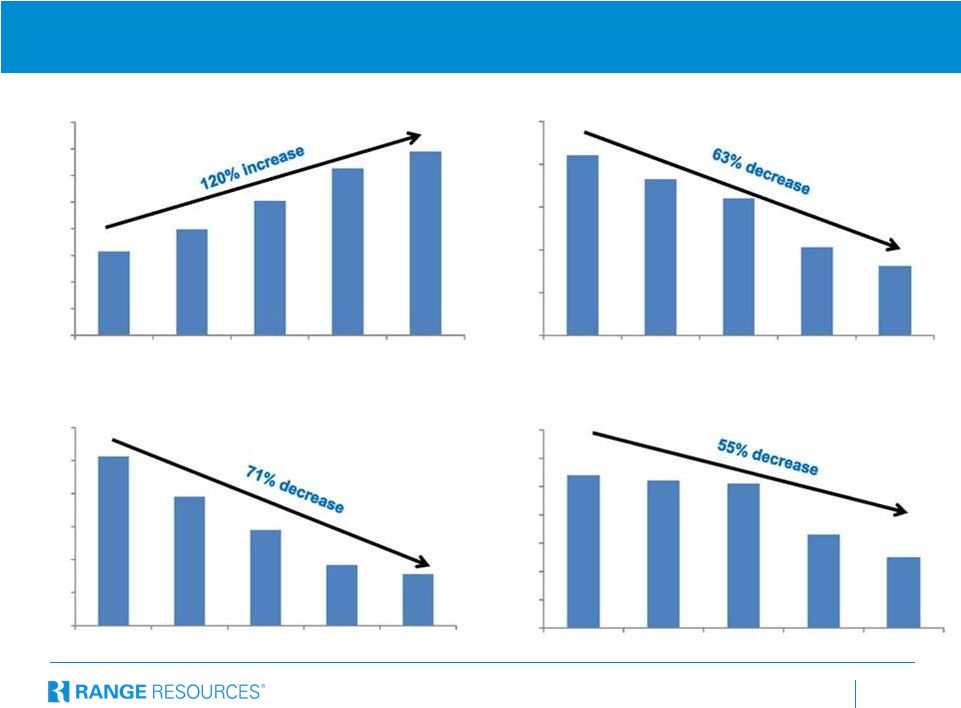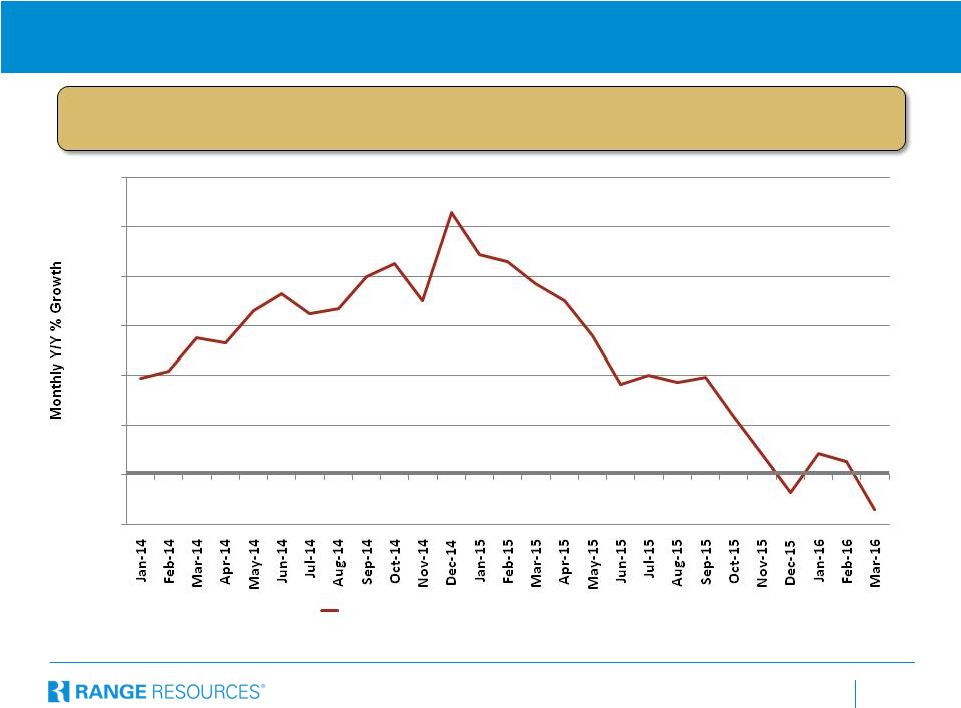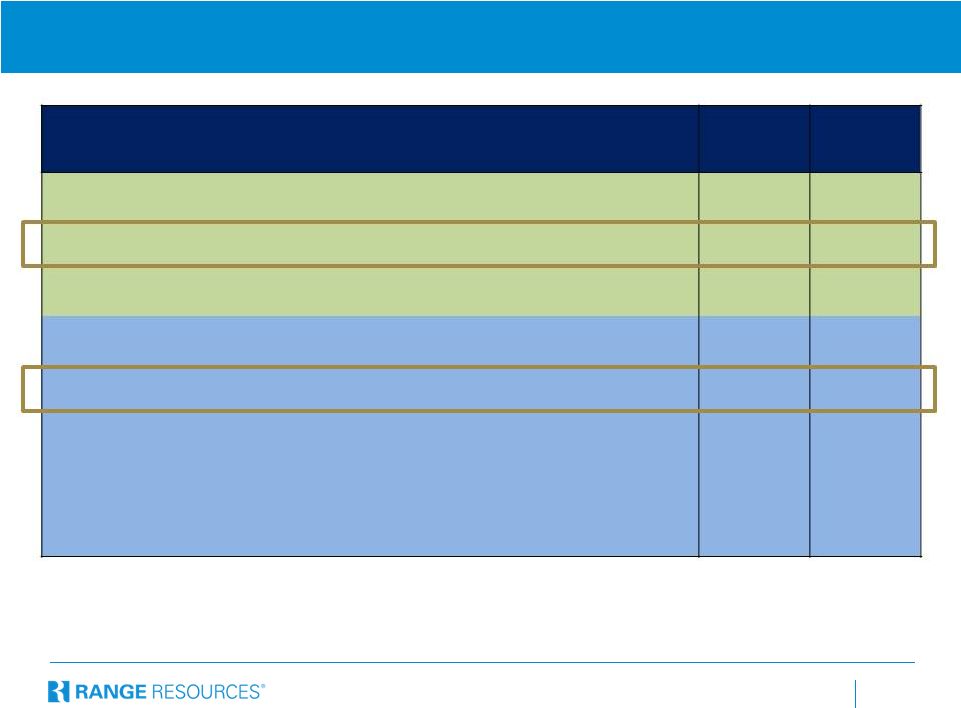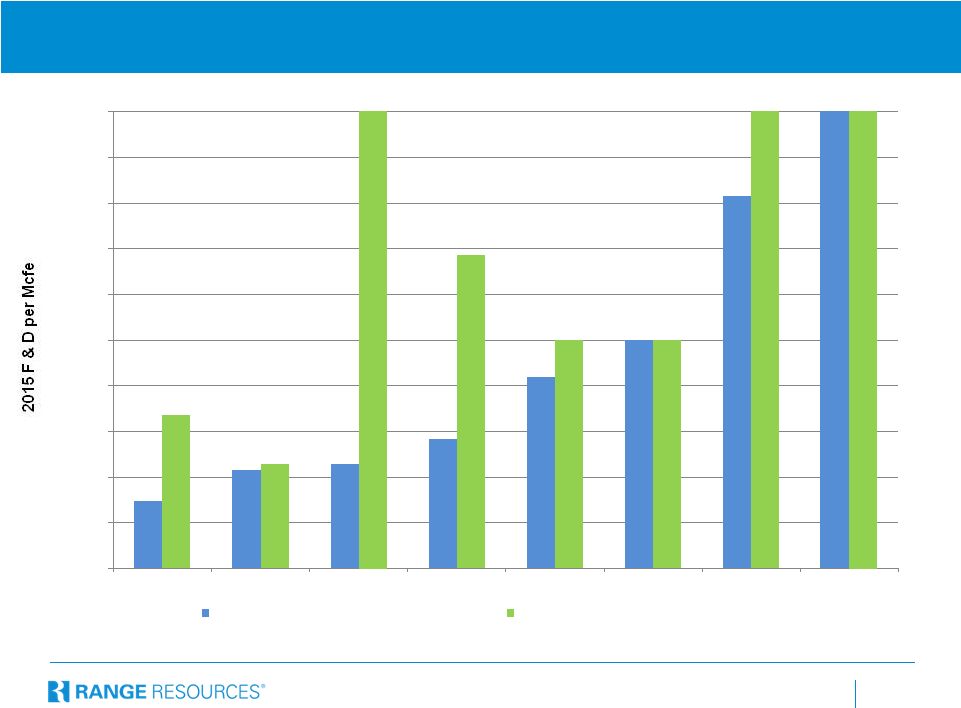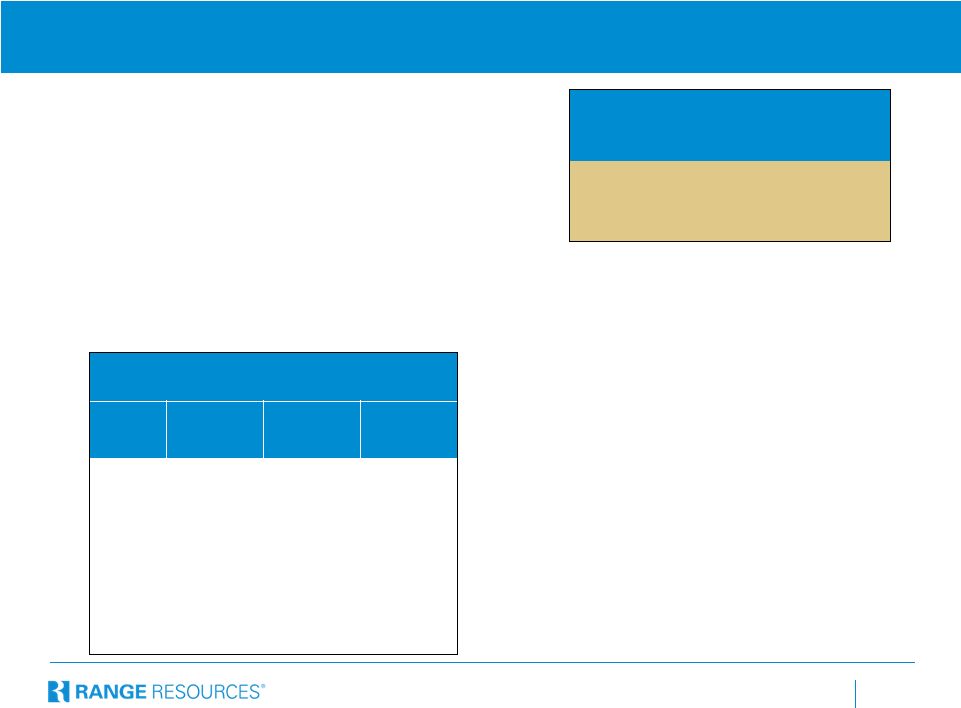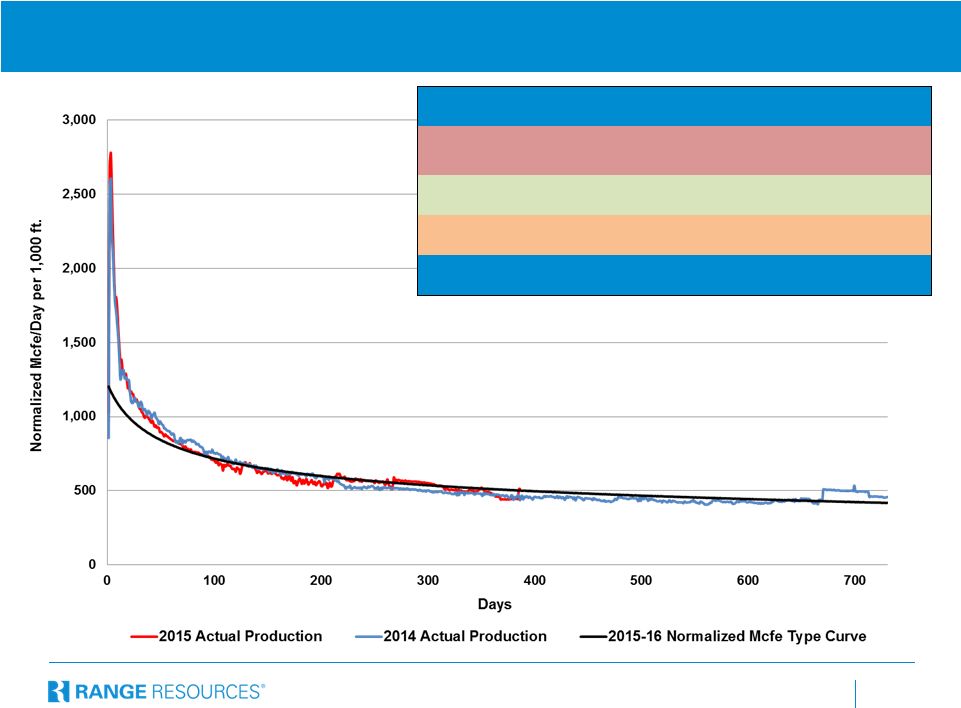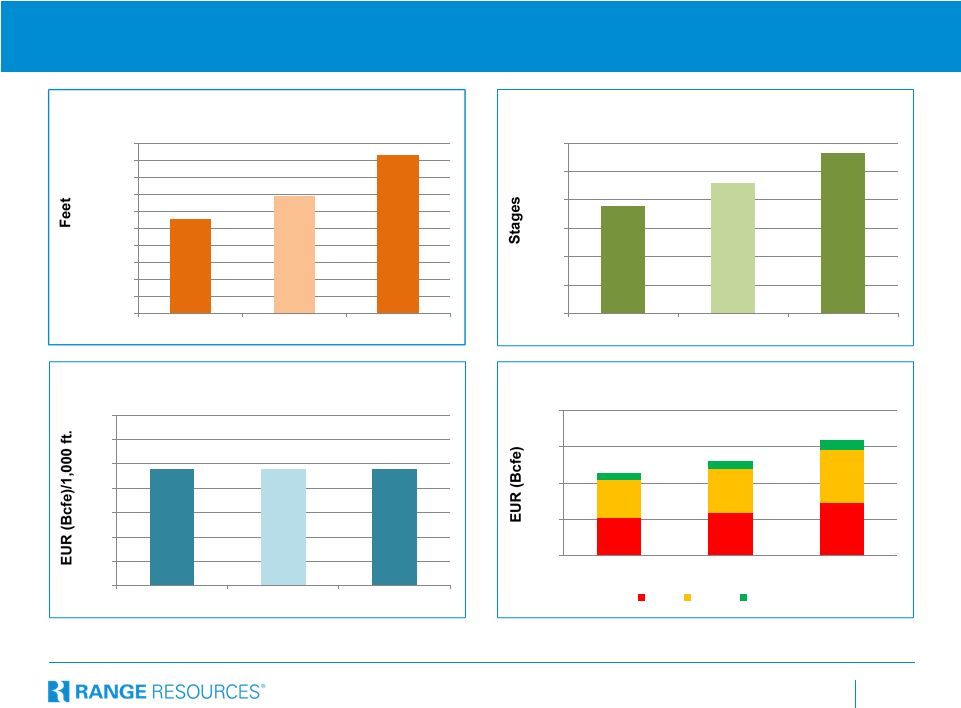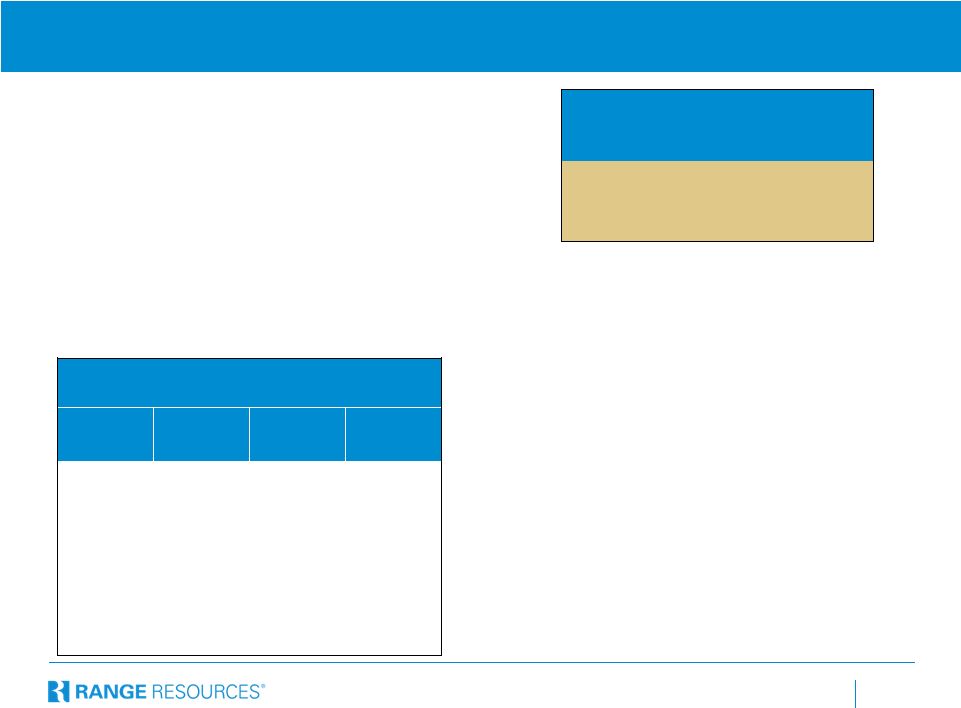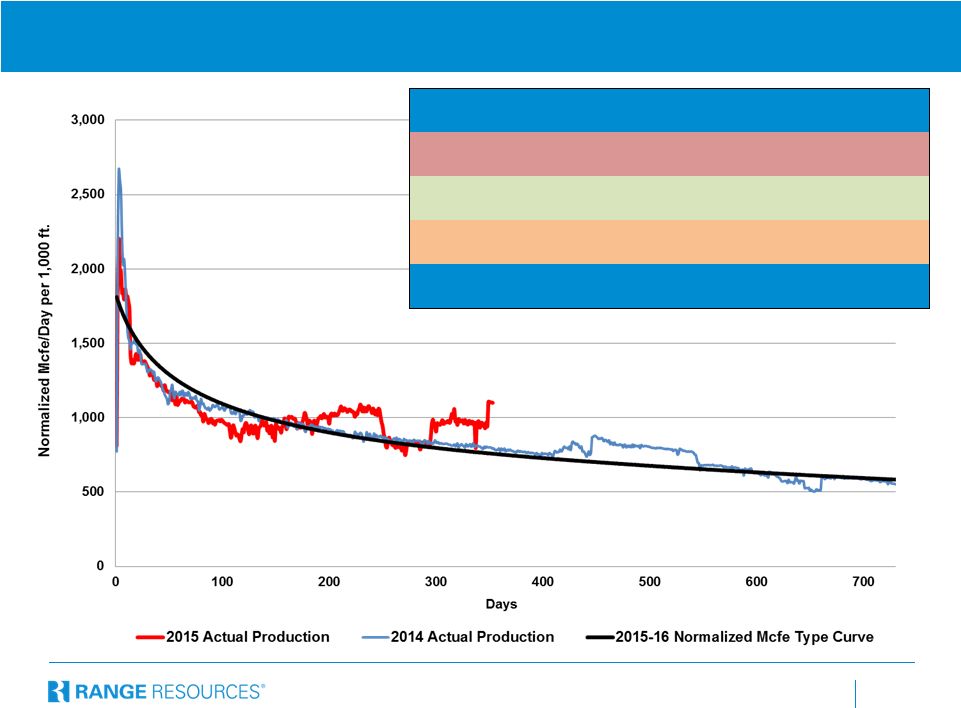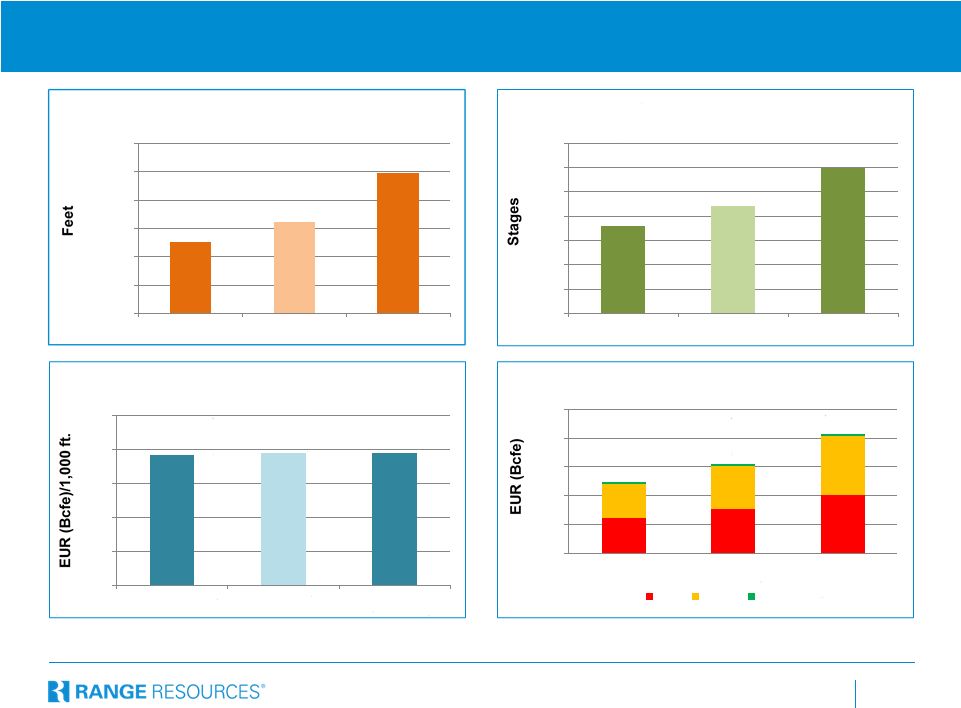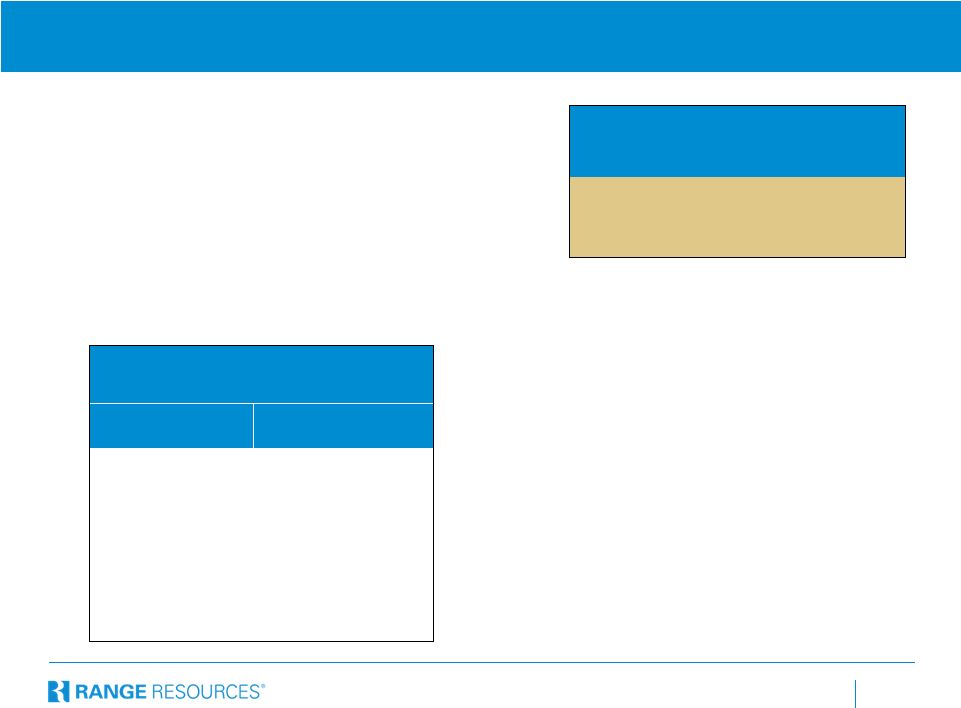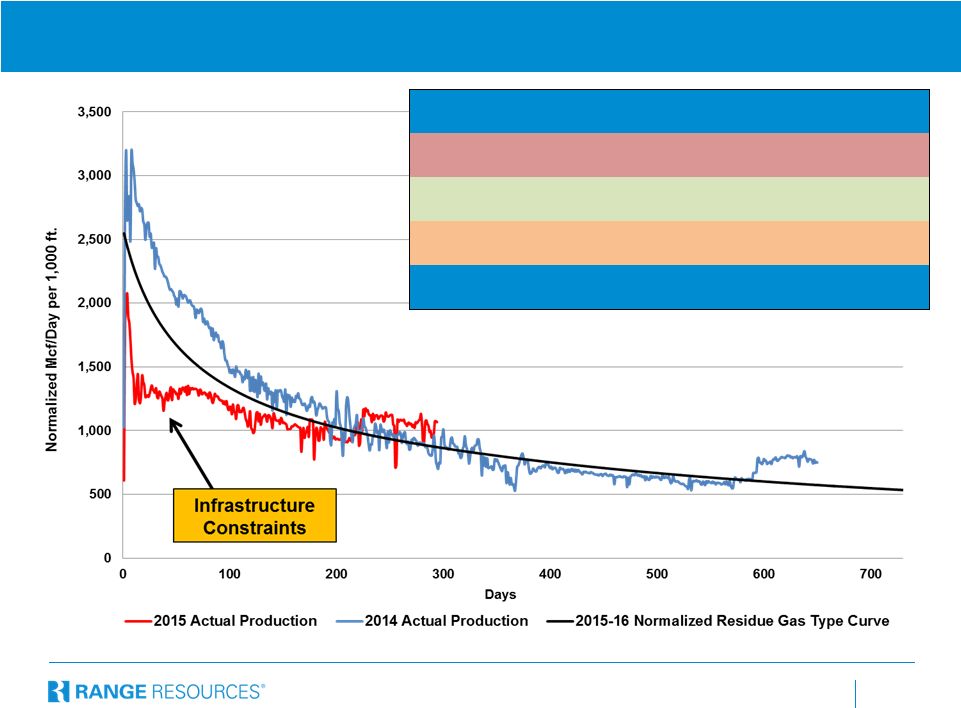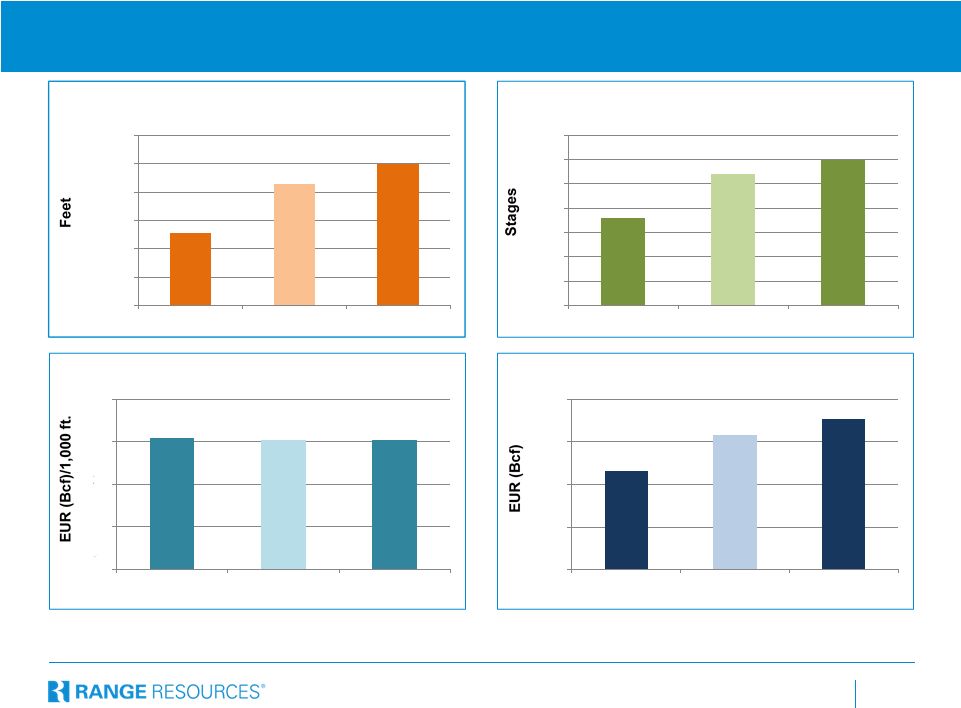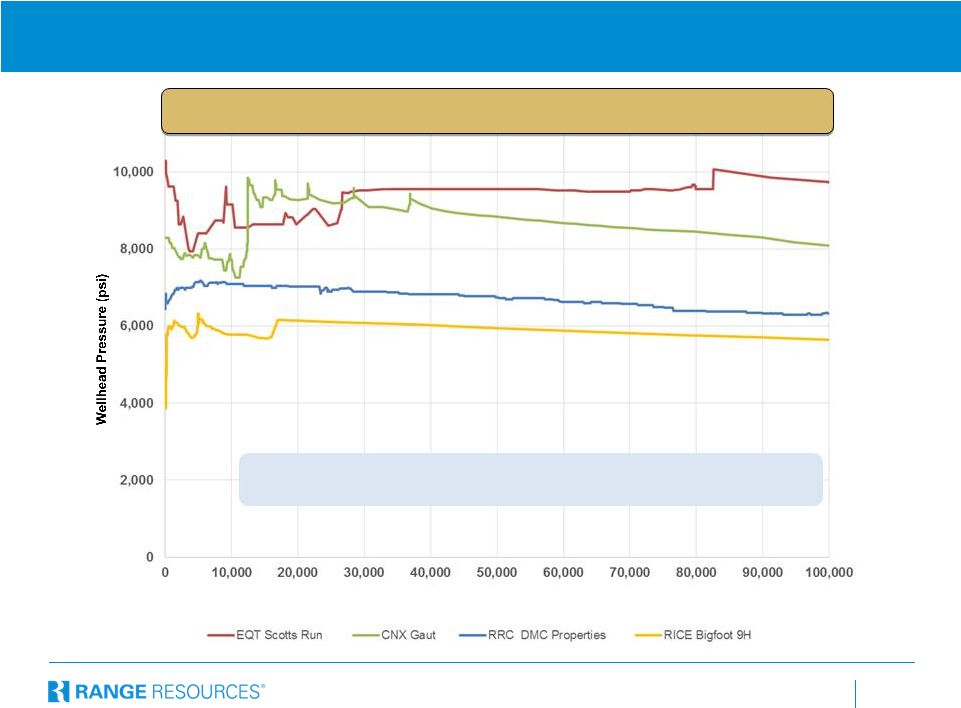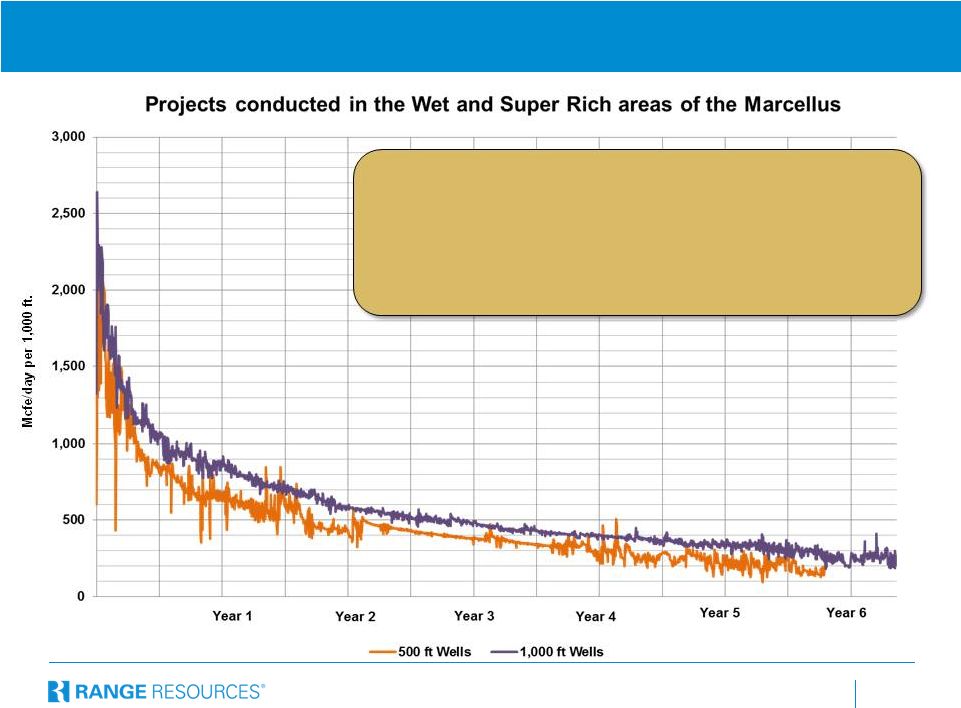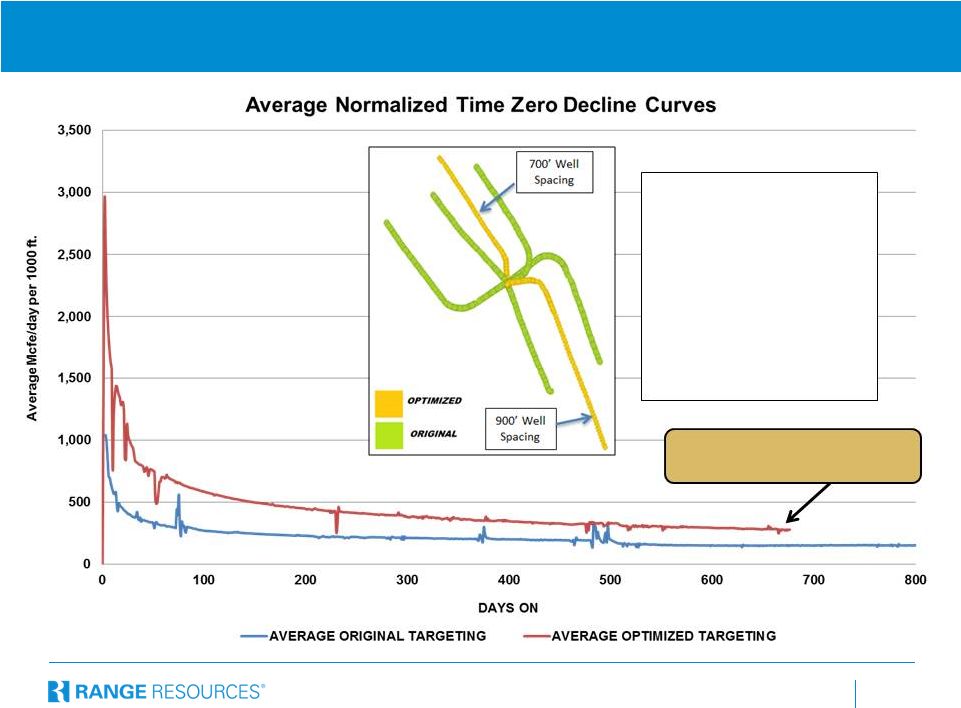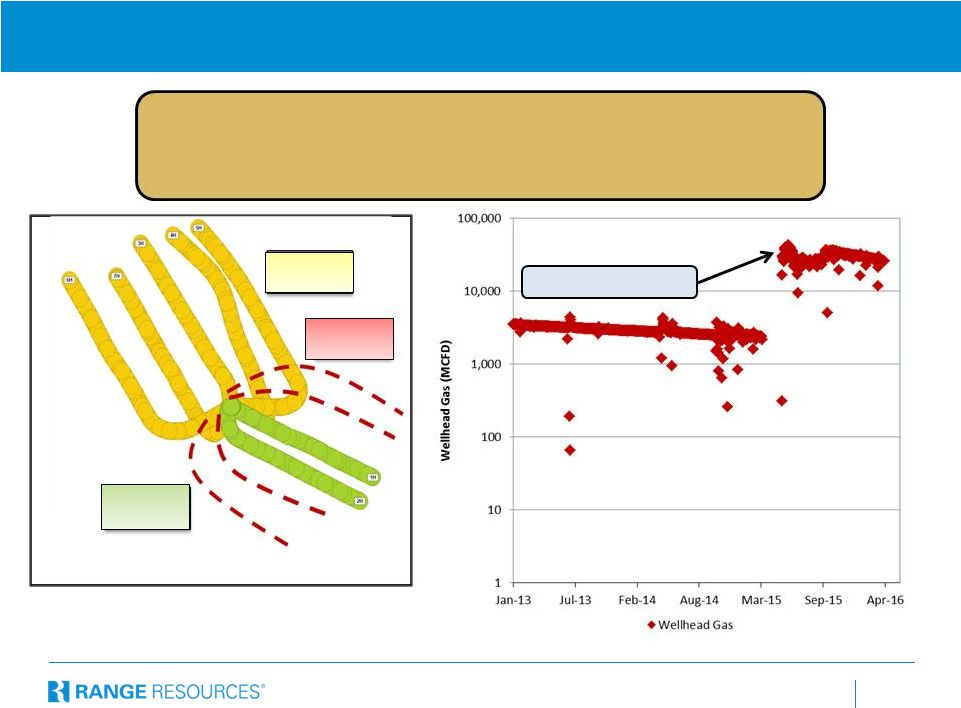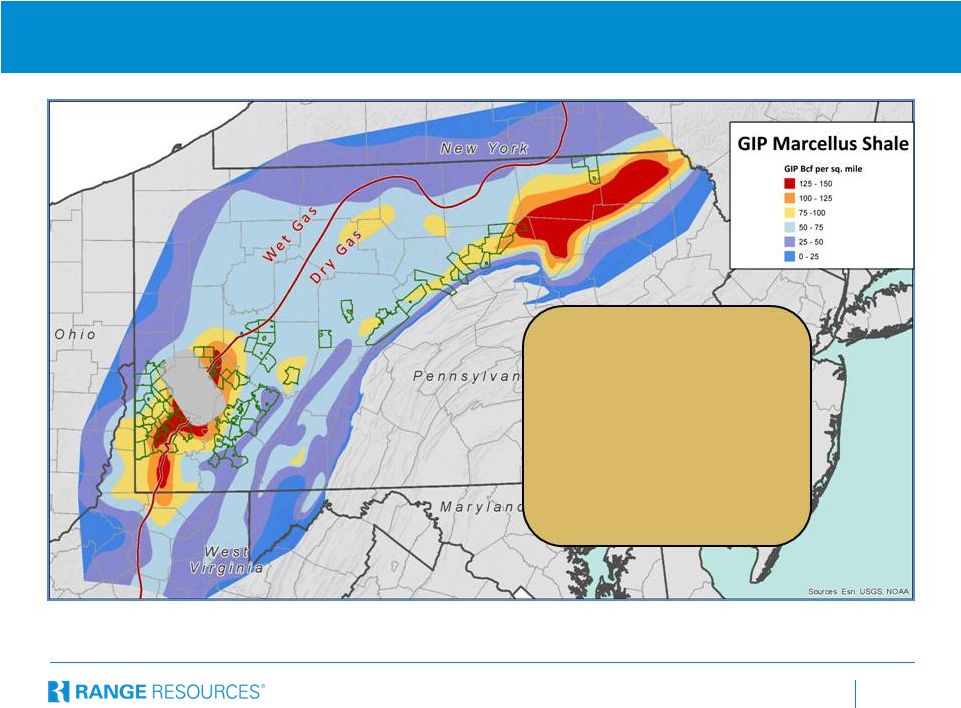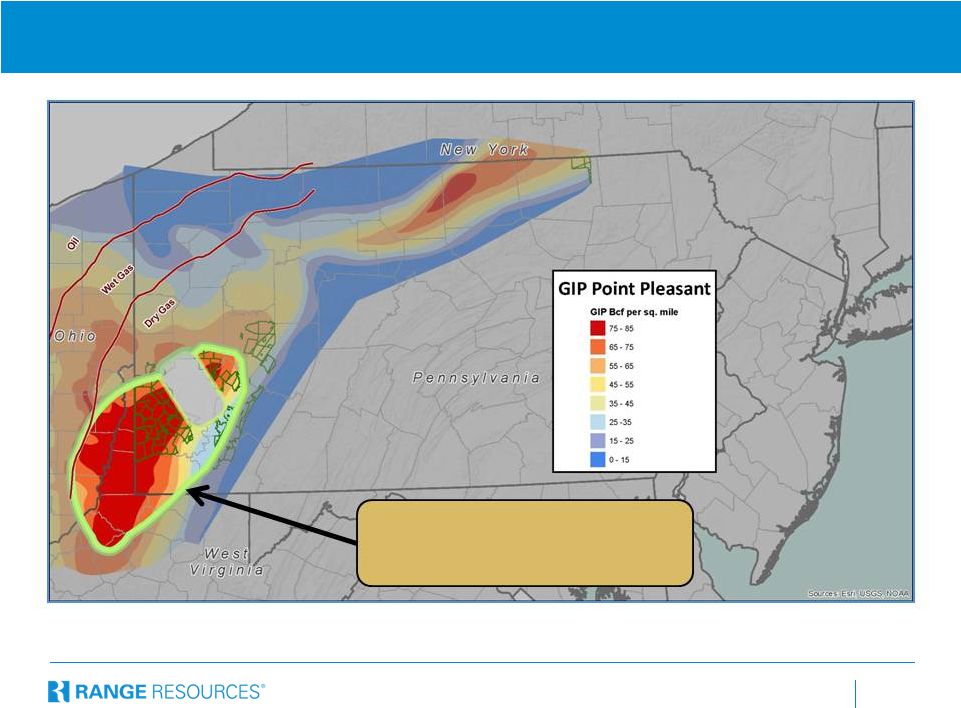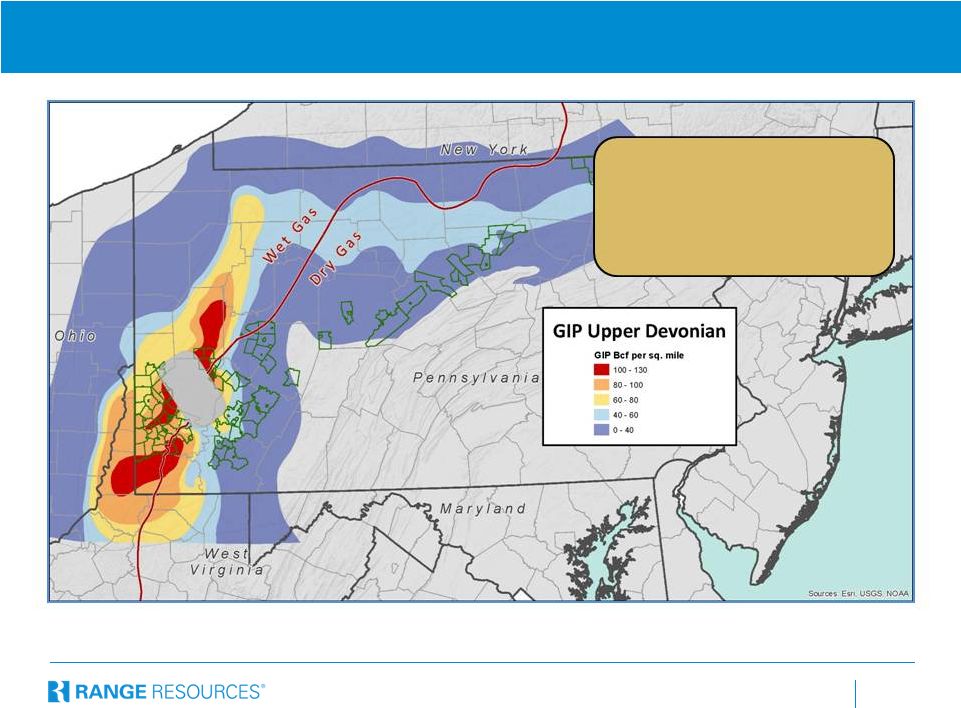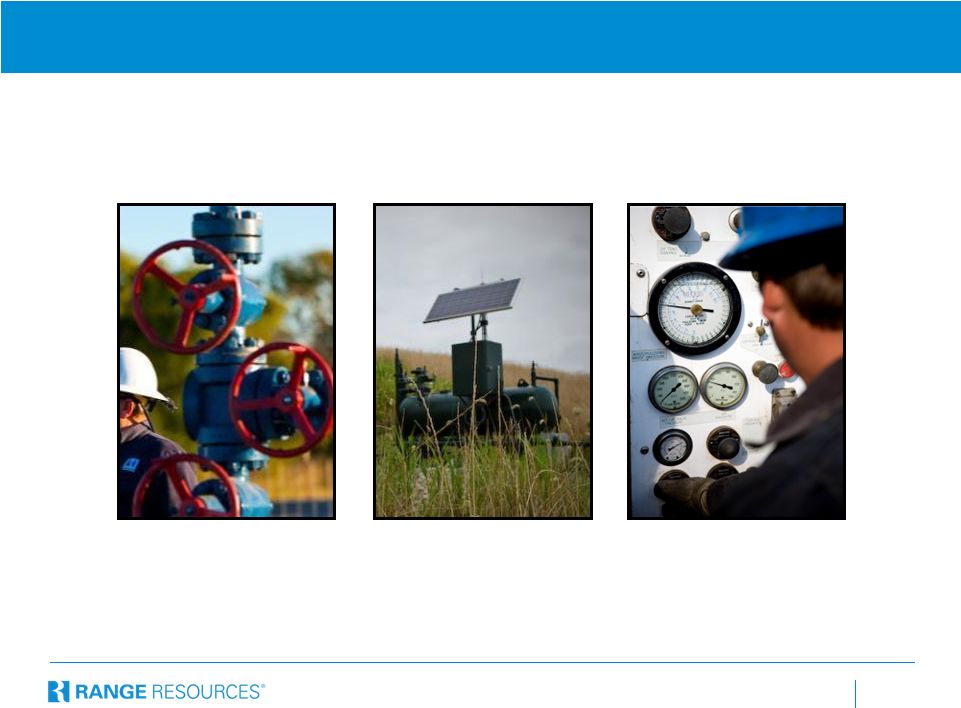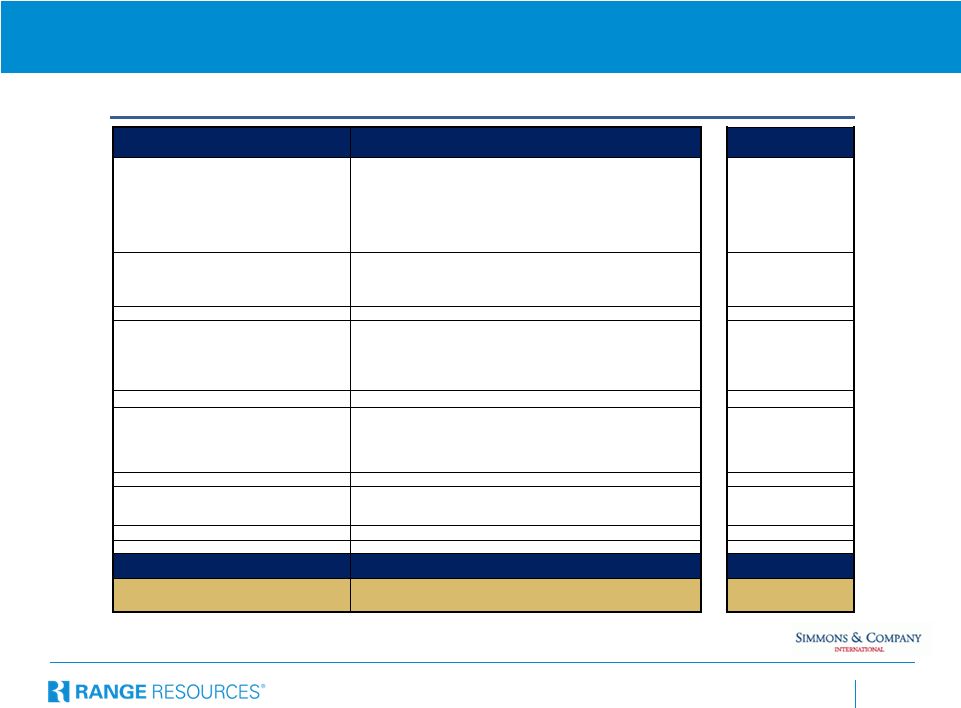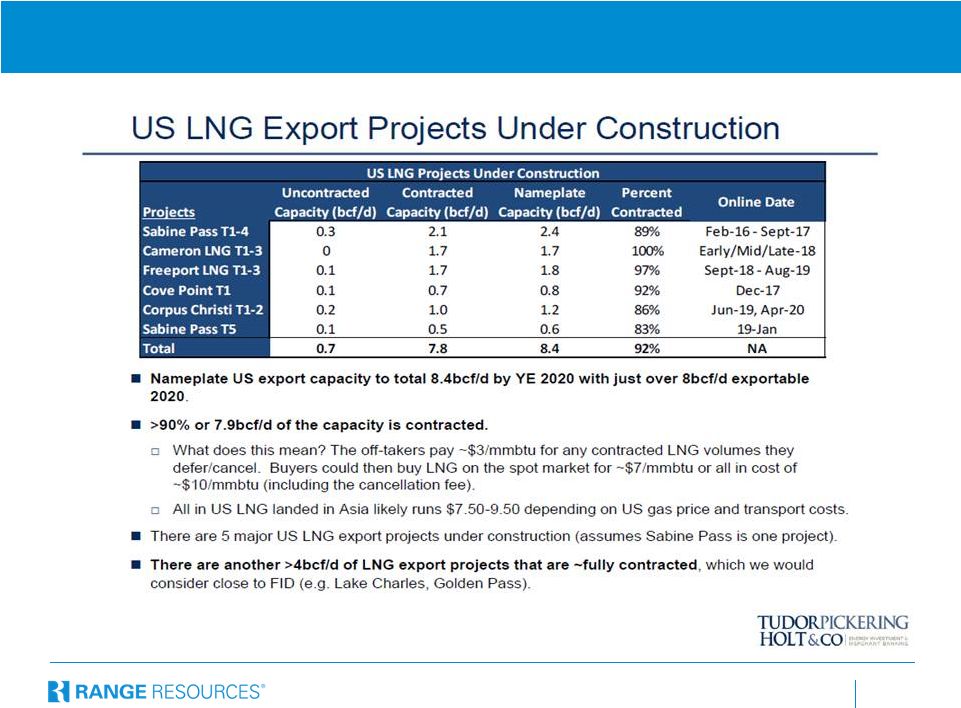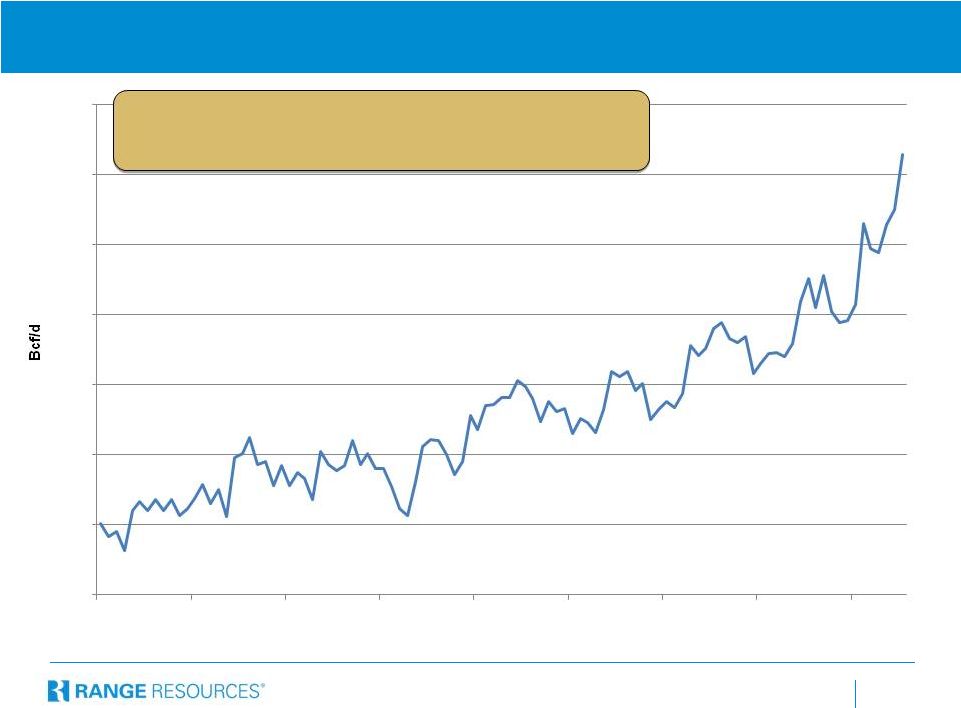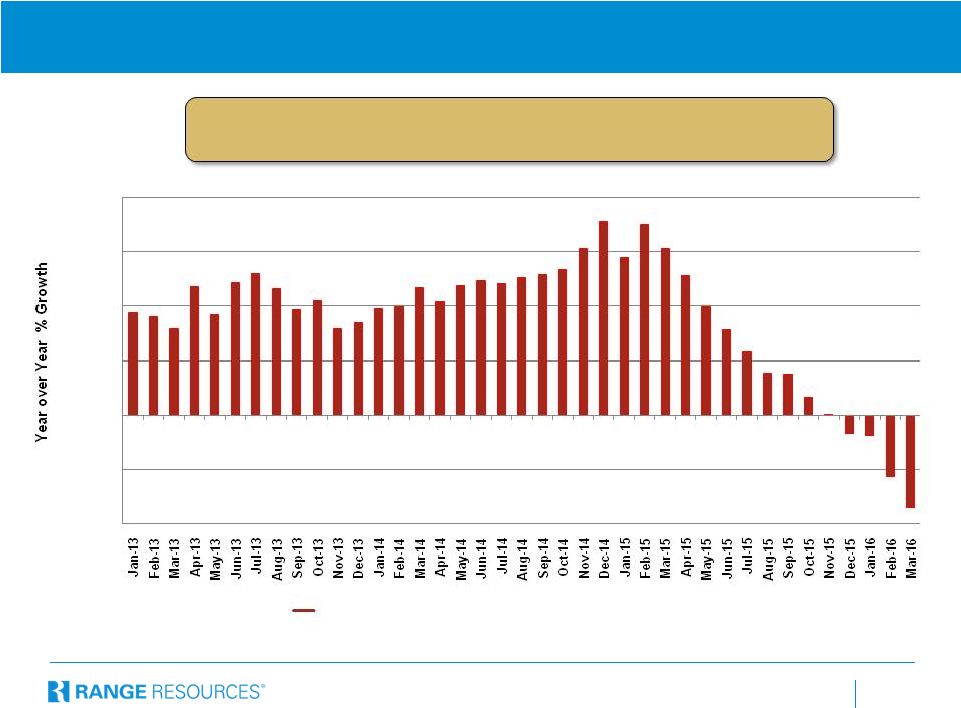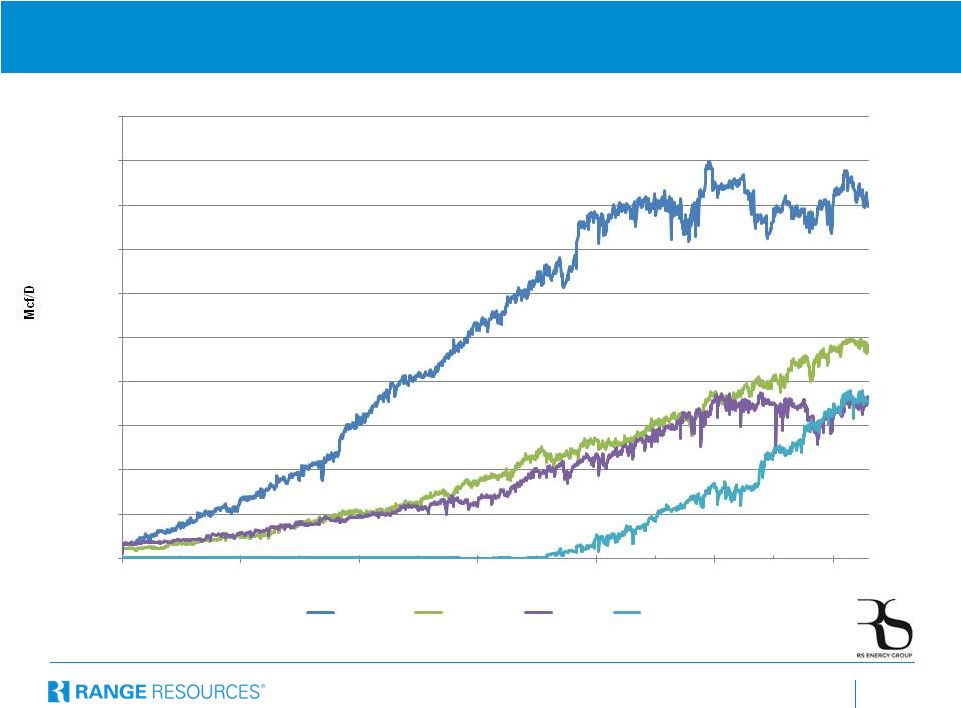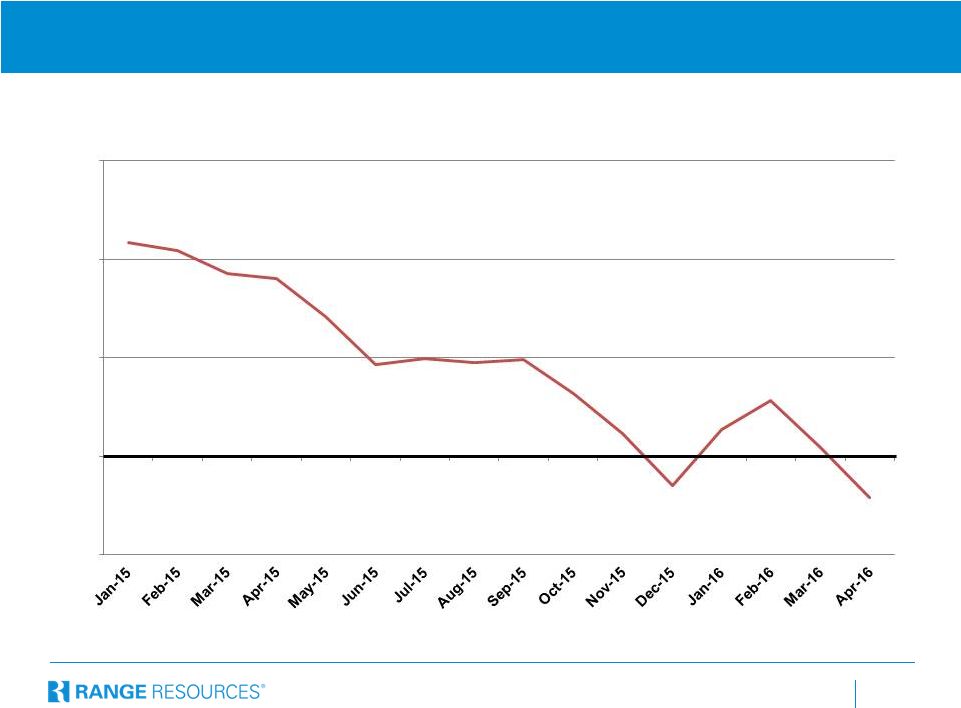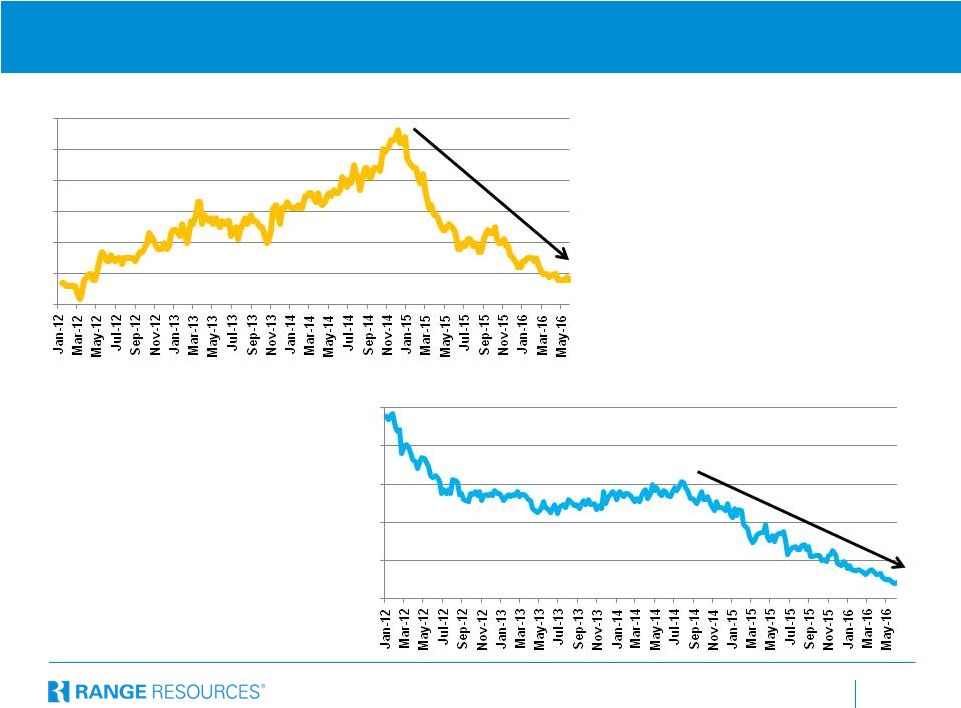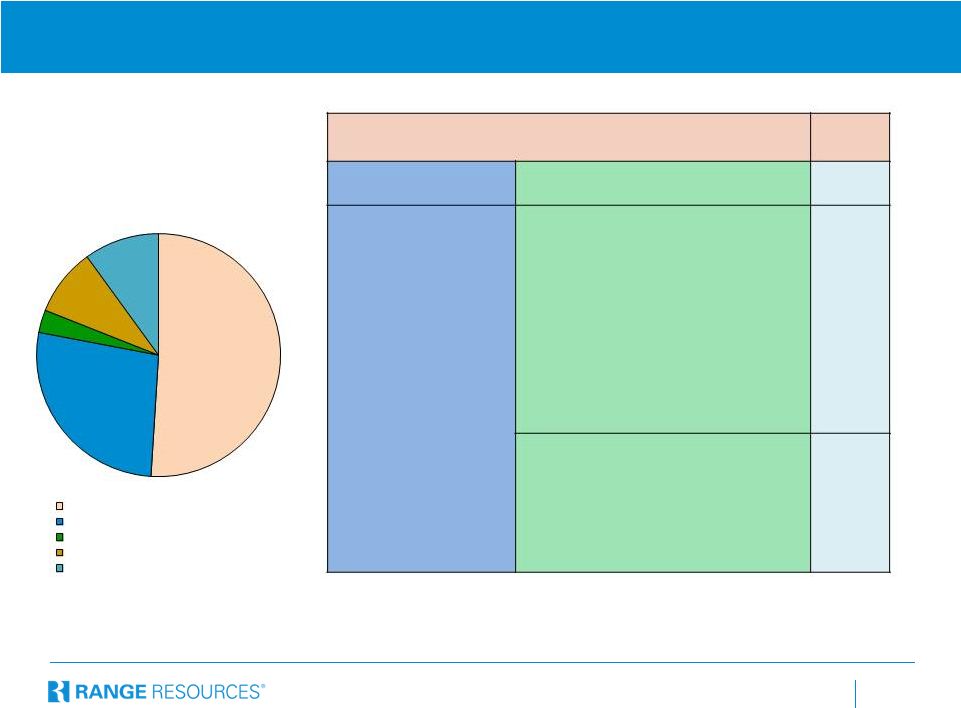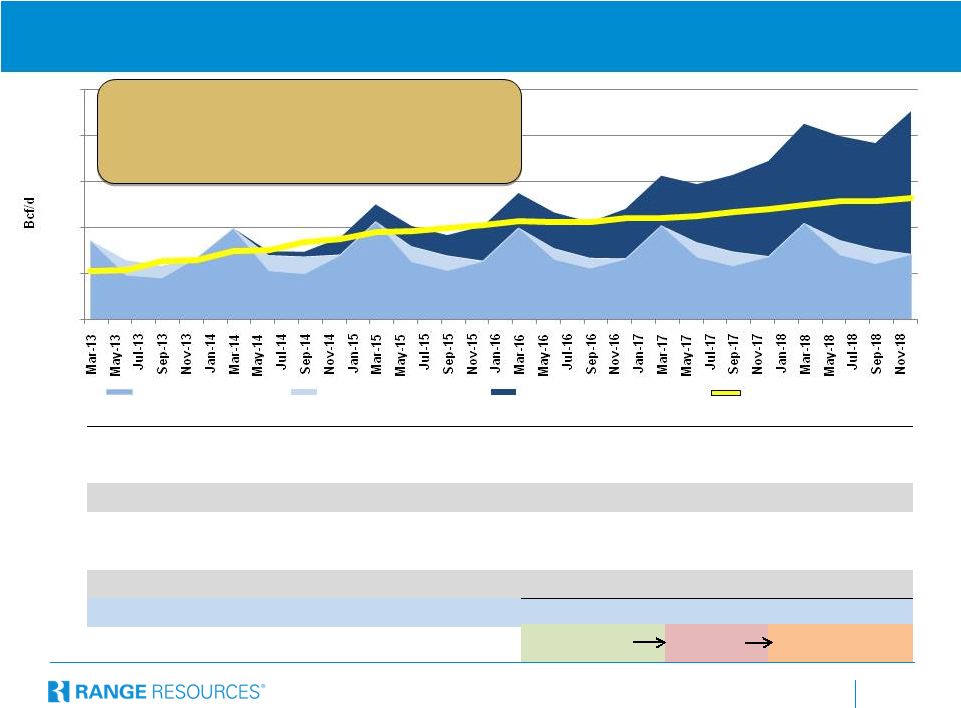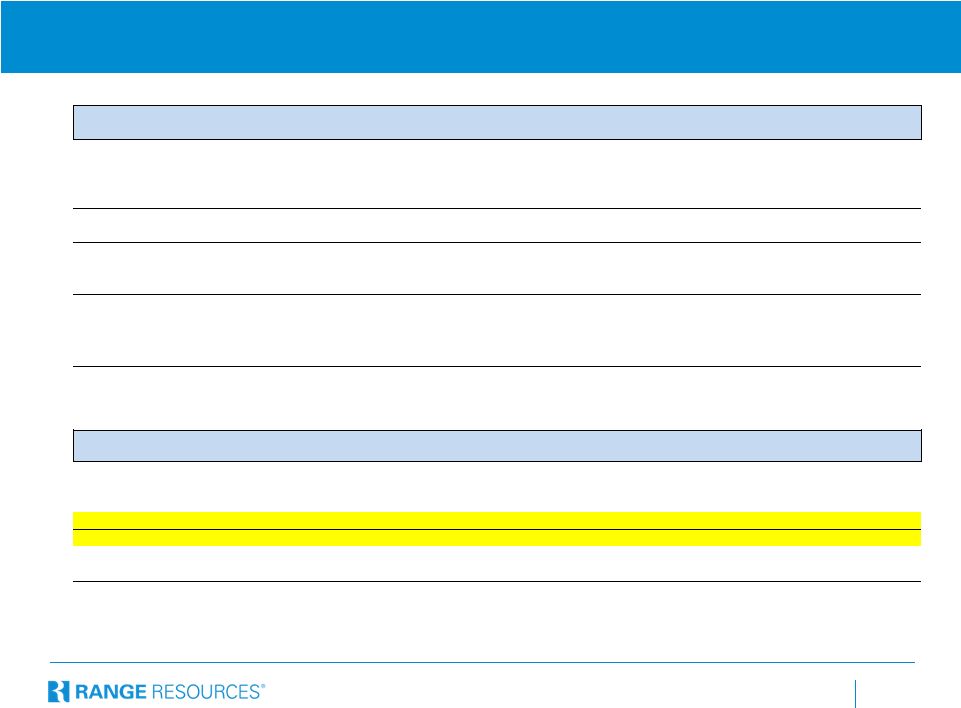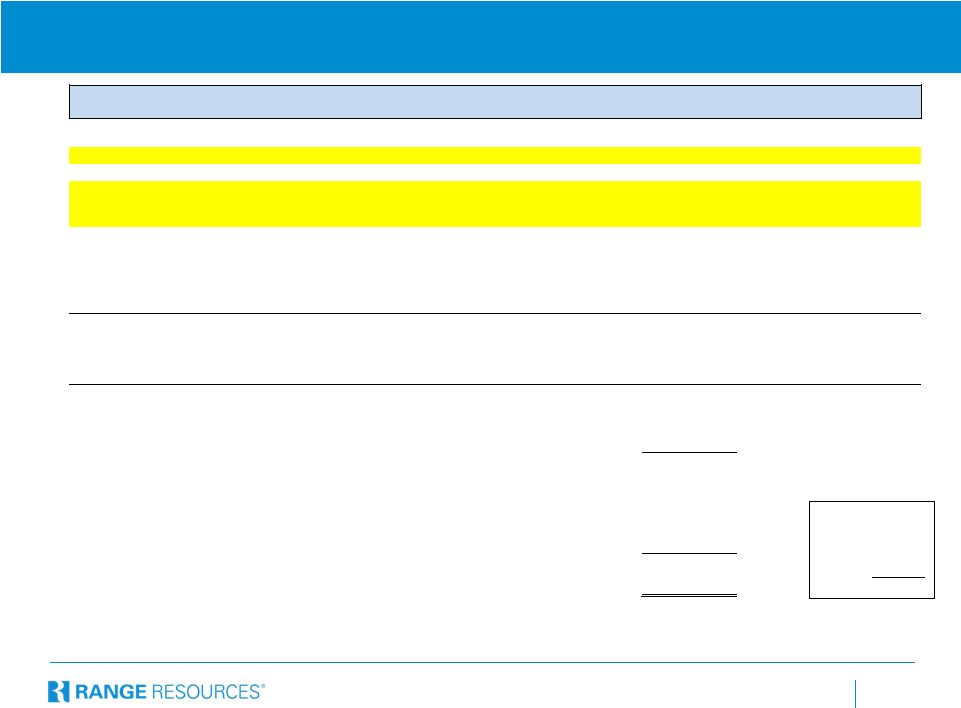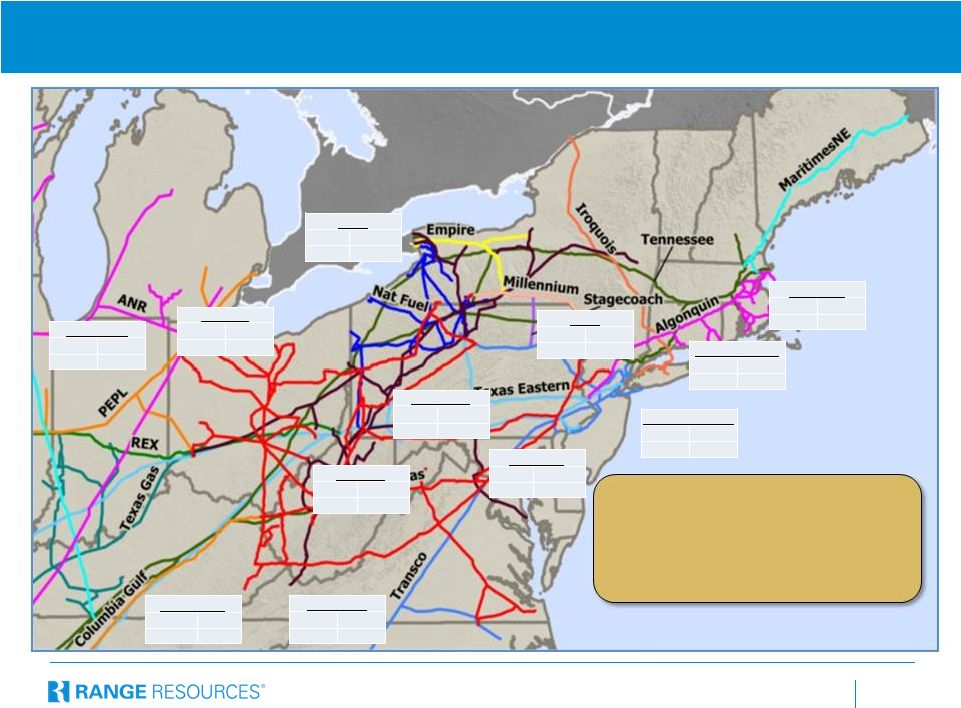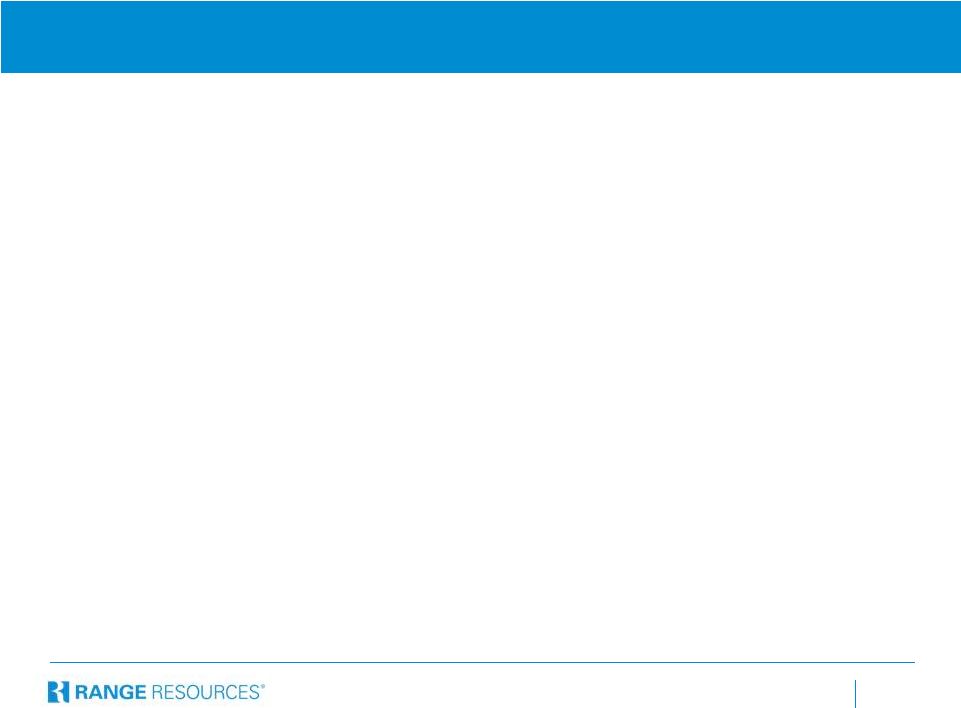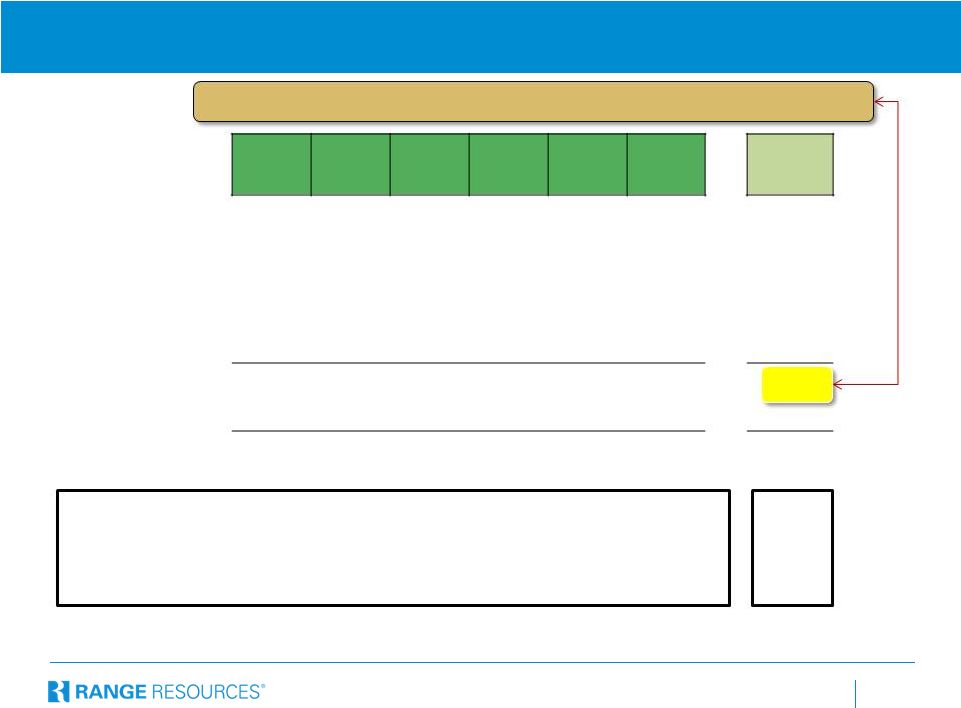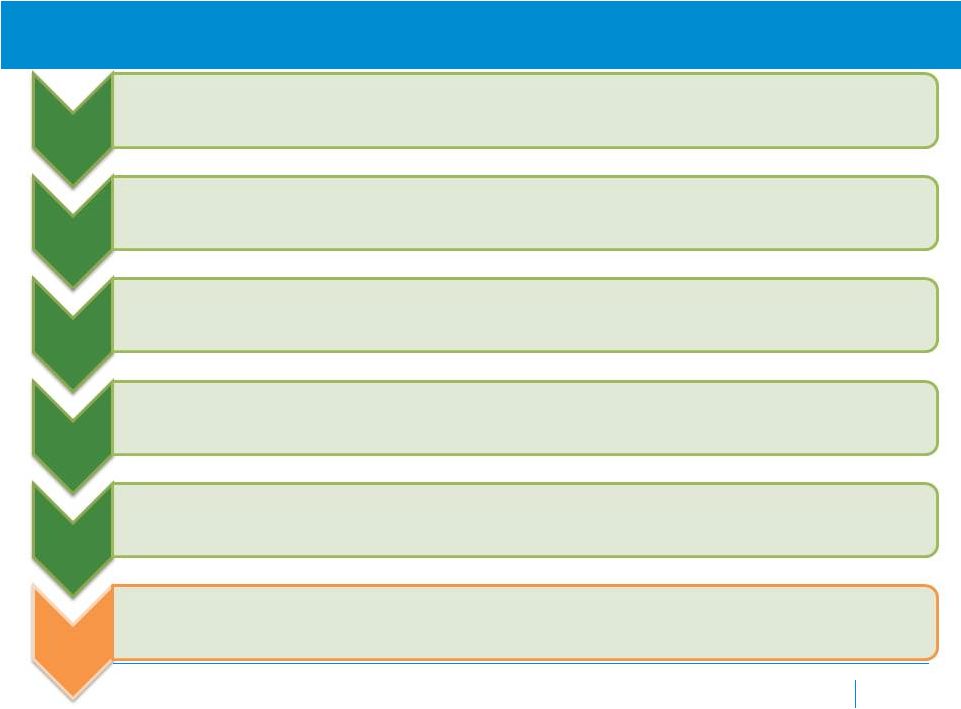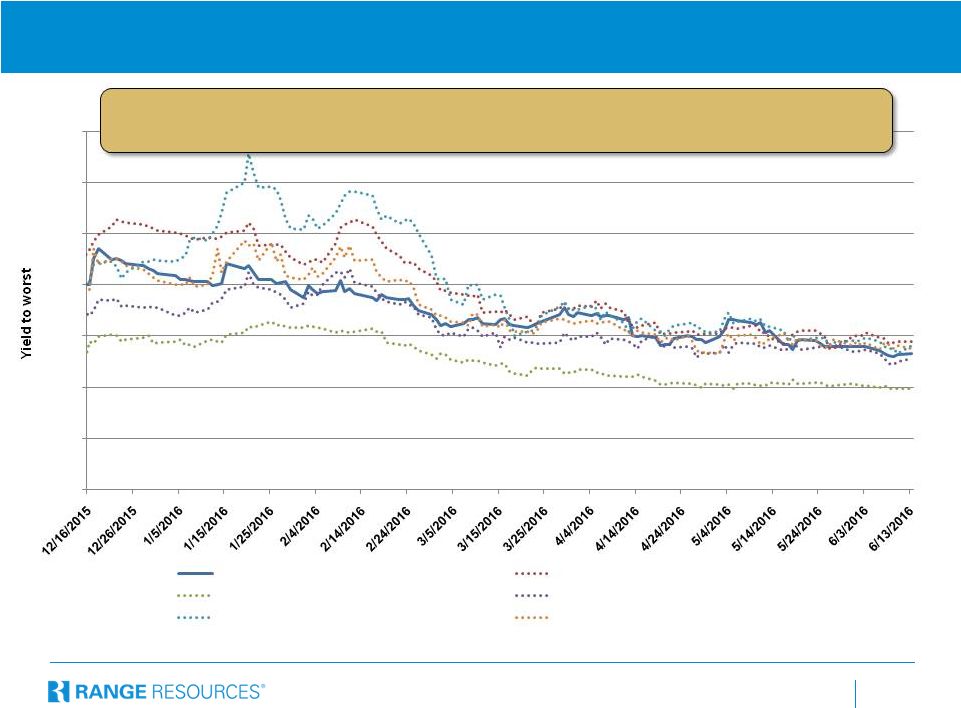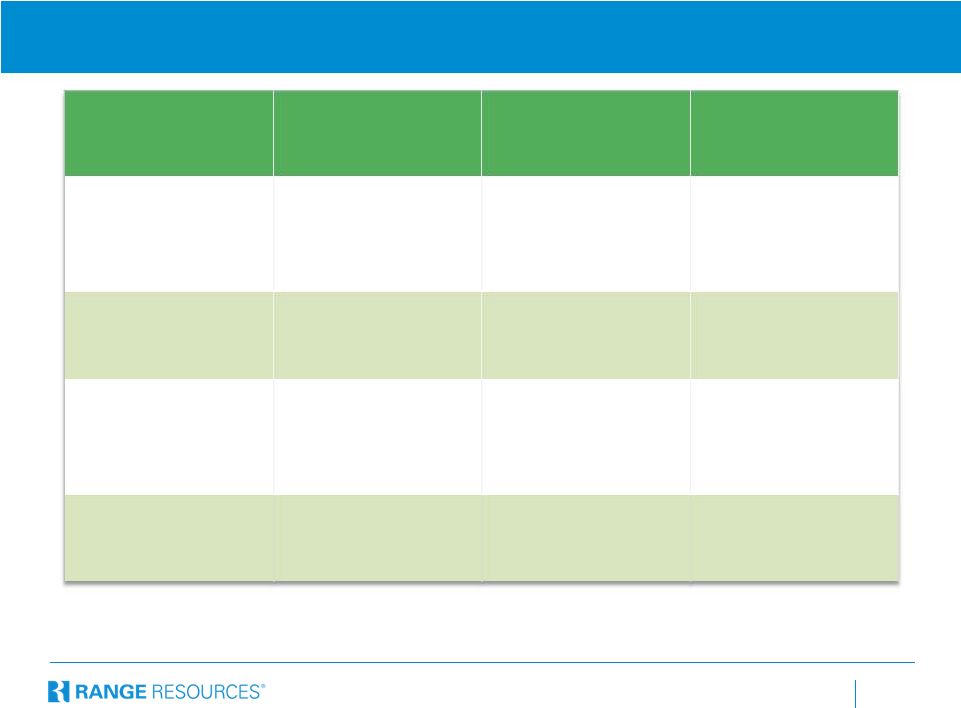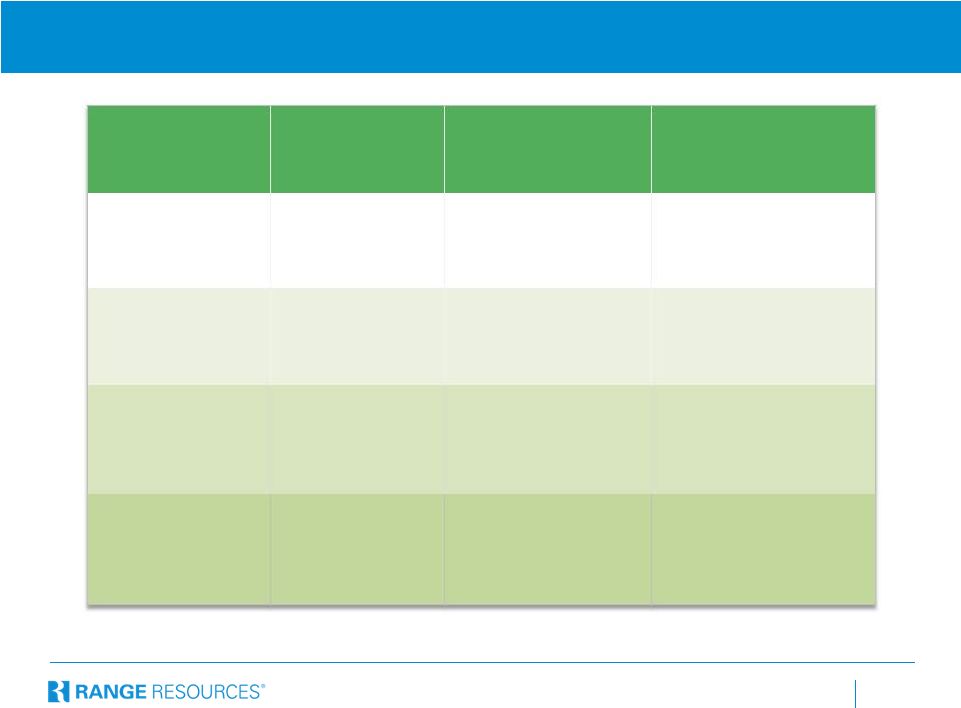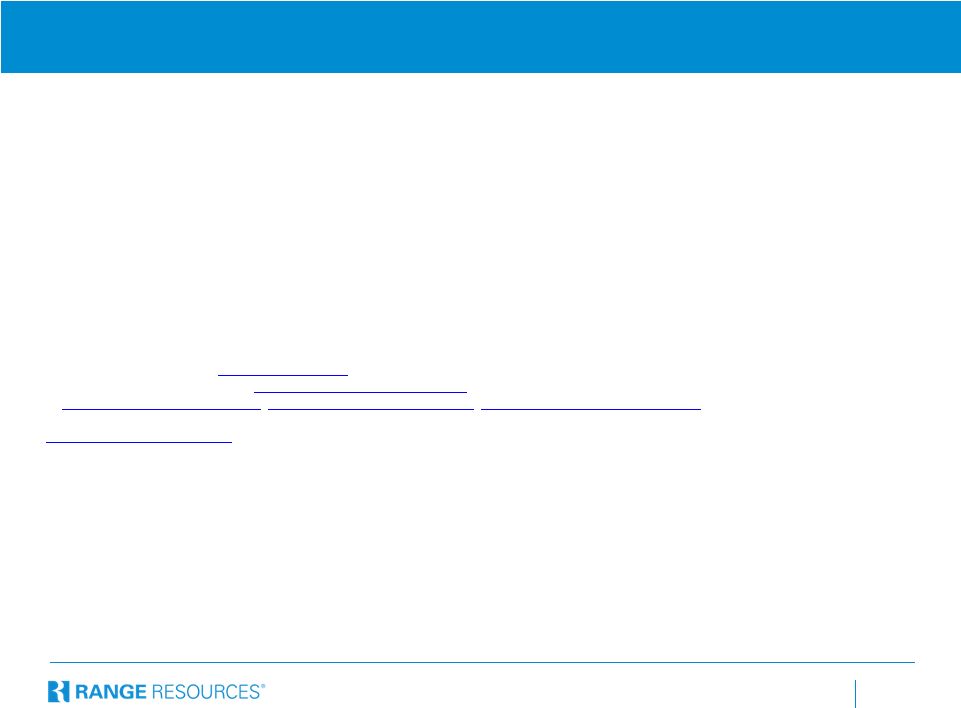2 Forward-Looking Statements This communication contains certain “forward-looking statements” within the meaning of federal securities laws, including within the meaning of the safe harbor provisions of the Private Securities Litigation Reform Act of 1995 that are not limited to historical facts, but reflect Range’s and MRD’s current beliefs, expectations or intentions regarding future events. Words such as “may,” “will,” “could,” “should,” “expect,” ““plan,” “project,” “intend,” “anticipate,” “believe,” “estimate,” “predict,” “potential,” “pursue,” “target,” “continue,” and similar expressions are intended to identify such forward-looking statements. The statements in this press release that are not historical statements, including statements regarding the expected timetable for completing the proposed transaction, benefits and synergies of the proposed transaction, costs and other anticipated financial impacts of the proposed transaction; the combined company’s plans, objectives, future opportunities for the combined company and products, future financial performance and operating results and any other statements regarding Range’s and MRD’s future expectations, beliefs, plans, objectives, financial conditions, assumptions or future events or performance that are not historical facts, are forward- looking statements within the meaning of the federal securities laws. Furthermore, the statements relating to the proposed transaction are subject to numerous risks and uncertainties, many of which are beyond Range’s or MRD’s control, which could cause actual results to differ materially from the results expressed or implied by the statements. These risks and uncertainties include, but are not limited to: failure to obtain the required votes of Range’s or MRD’s shareholders; the timing to consummate the proposed transaction; satisfaction of the conditions to closing of the proposed transaction may not be satisfied or that the closing of the proposed transaction otherwise does not occur; the risk that a regulatory approval that may be required for the proposed transaction is not obtained or is obtained subject to conditions that are not anticipated; the diversion of management time on transaction-related issues; the ultimate timing, outcome and results of integrating the operations of Range and MRD; the effects of the business combination of Range and MRD, including the combined company’s future financial condition, results of operations, strategy and plans; potential adverse reactions or changes to business relationships resulting from the announcement or completion of the proposed transaction; expected synergies and other benefits from the proposed transaction and the ability of Range to realize such synergies and other benefits; expectations regarding regulatory approval of the transaction; results of litigation, settlements and investigations; and actions by third parties, including governmental agencies; changes in the demand for or price of oil and/or natural gas can be significantly impacted by weakness in the worldwide economy; consequences of audits and investigations by government agencies and legislative bodies and related publicity and potential adverse proceedings by such agencies; compliance with environmental laws; changes in government regulations and regulatory requirements, particularly those related to oil and natural gas exploration; compliance with laws related to income taxes and assumptions regarding the generation of future taxable income; weather-related issues; changes in capital spending by customers; delays or failures by customers to make payments owed to us; impairment of oil and natural gas properties; structural changes in the oil and natural gas industry; and maintaining a highly skilled workforce. Range’s and MRD’s respective reports on Form 10-K for the year ended December 31, 2015, Form 10-Q for the quarter ended March 31, 2016, recent Current Reports on Form 8-K, and other SEC filings discuss some of the important risk factors identified that may affect these factors and Range’s and MRD’s respective business, results of operations and financial condition. Range and MRD undertake no obligation to revise or update publicly any forward-looking statements for any reason. Readers are cautioned not to place undue reliance on these forward-looking statements that speak only as of the date hereof. The SEC permits oil and gas companies, in filings made with the SEC, to disclose proved reserves, which are estimates that geological and engineering data demonstrate with reasonable certainty to be recoverable in future years from known reservoirs under existing economic and operating conditions as well as the option to disclose probable and possible reserves. Range has elected not to disclose the Company’s probable and possible reserves in its filings with the SEC. Range uses certain broader terms such as "resource potential,” “unrisked resource potential,” "unproved resource potential" or "upside" or other descriptions of volumes of resources potentially recoverable through additional drilling or recovery techniques that may include probable and possible reserves as defined by the SEC's guidelines. Range has not attempted to distinguish probable and possible reserves from these broader classifications. The SEC’s rules prohibit us from including in filings with the SEC these broader classifications of reserves. These estimates are by their nature more speculative than estimates of proved, probable and possible reserves and accordingly are subject to substantially greater risk of actually being realized. Unproved resource potential refers to Range's internal estimates of hydrocarbon quantities that may be potentially discovered through exploratory drilling or recovered with additional drilling or recovery techniques and have not been reviewed by independent engineers. Unproved resource potential does not constitute reserves within the meaning of the Society of Petroleum Engineer's Petroleum Resource Management System and does not include proved reserves. Area wide unproven resource potential has not been fully risked by Range's management. “EUR,” or estimated ultimate recovery, refers to our management’s estimates of hydrocarbon quantities that may be recovered from a well completed as a producer in the area. These quantities may not necessarily constitute or represent reserves within the meaning of the Society of Petroleum Engineer’s Petroleum Resource Management System or the SEC’s oil and natural gas disclosure rules. Actual quantities that may be recovered from Range's interests could differ substantially. Factors affecting ultimate recovery include the scope of Range's drilling program, which will be directly affected by the availability of capital, drilling and production costs, commodity prices, availability of drilling and completion services and equipment, lease expirations, transportation constraints, regulatory approvals, field spacing rules, recoveries of gas in place, length of horizontal laterals, actual drilling and completion results, including geological and mechanical factors affecting recovery rates and other factors. Estimates of resource potential may change significantly as development of our resource plays provides additional data. In addition, our production forecasts and expectations for future periods are dependent upon many assumptions, including estimates of production decline rates from existing wells and the undertaking and outcome of future drilling activity, which may be affected by significant commodity price declines or drilling cost increases. Investors are urged to consider closely the disclosure in our most recent Annual Report on Form 10-K, available from our website at www.rangeresources.com or by written request to 100 Throckmorton Street, Suite 1200, Fort Worth, Texas 76102. You can also obtain this Form 10-K on the SEC’s website at www.sec.gov or by calling the SEC at 1-800-SEC-0330. | 